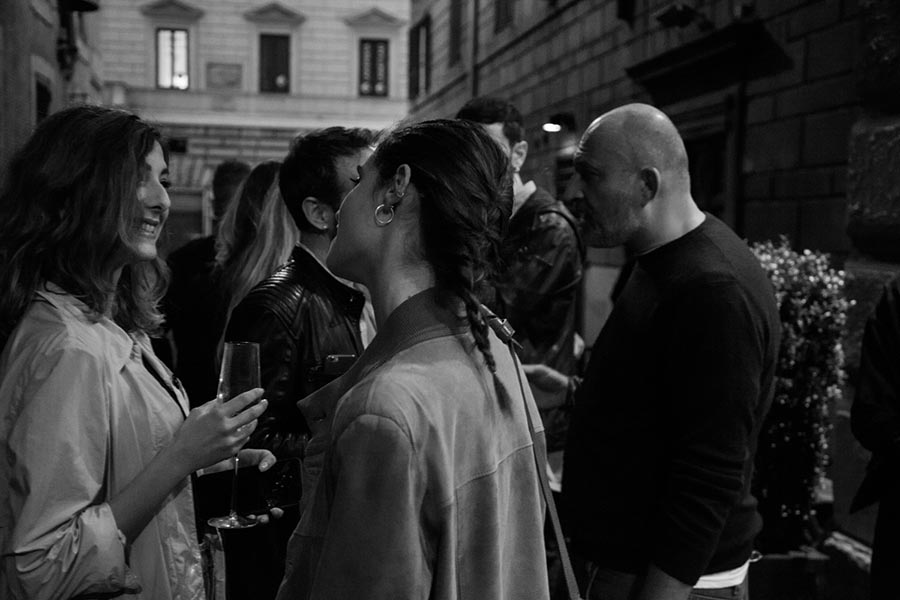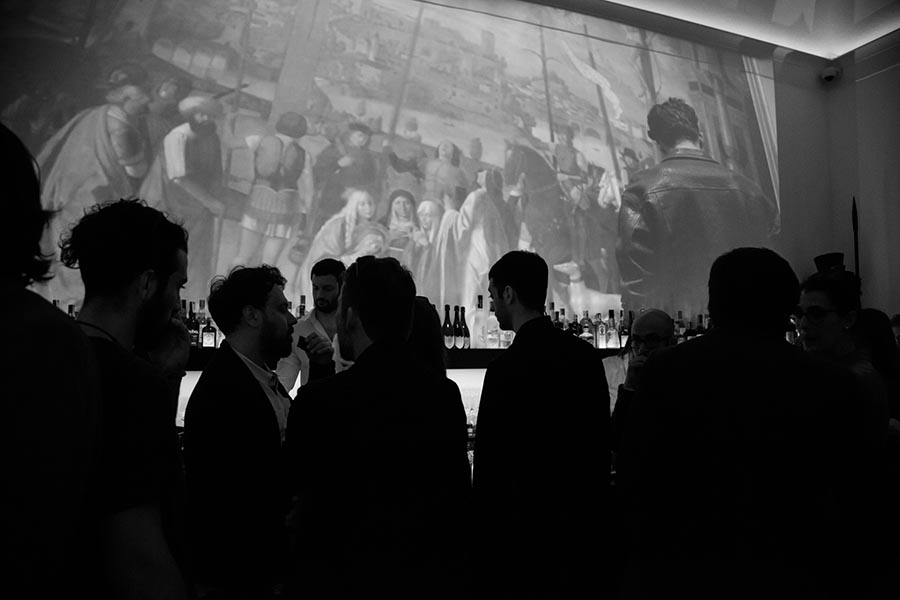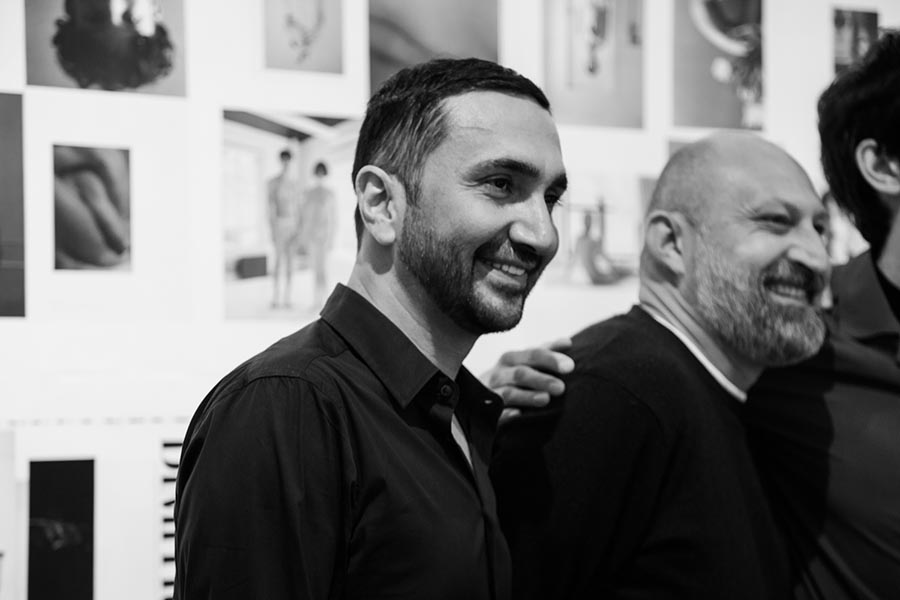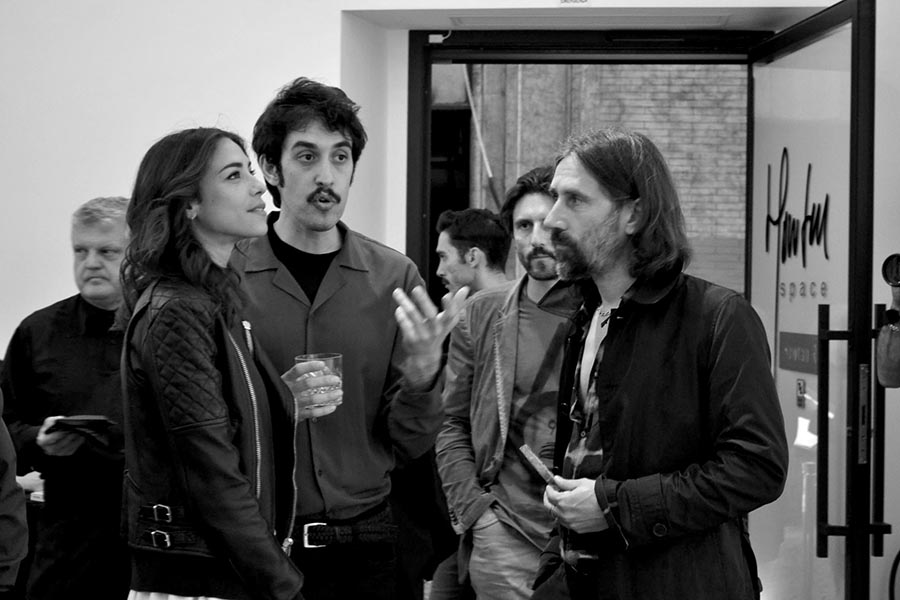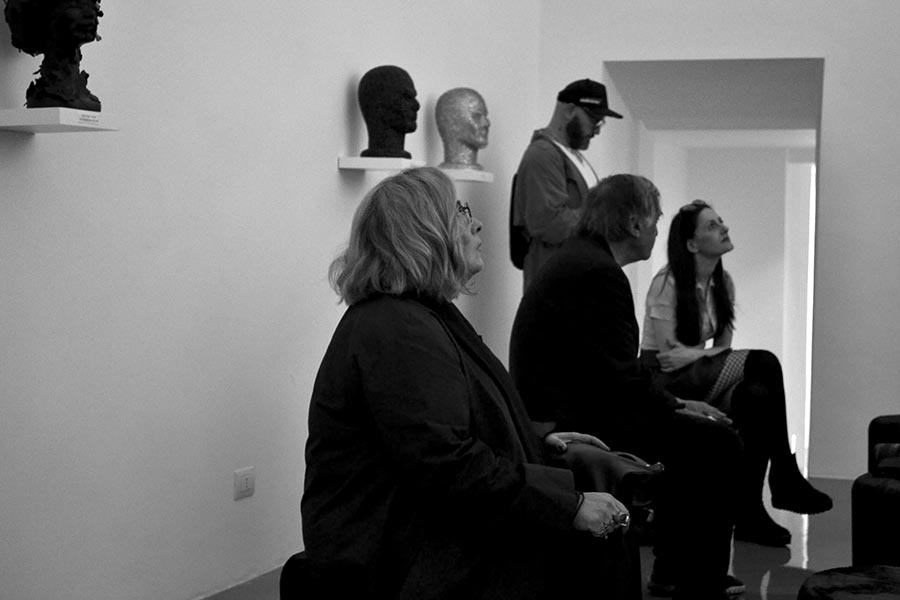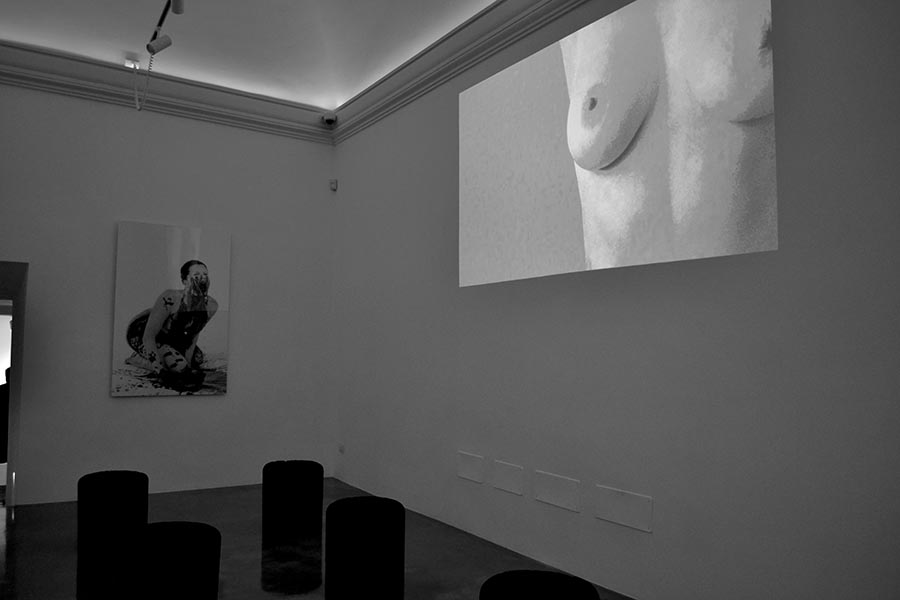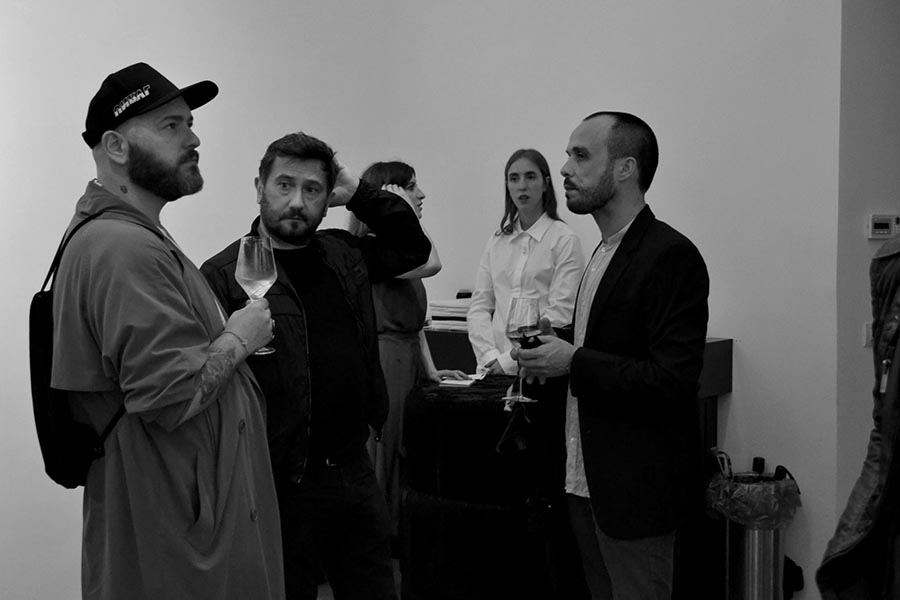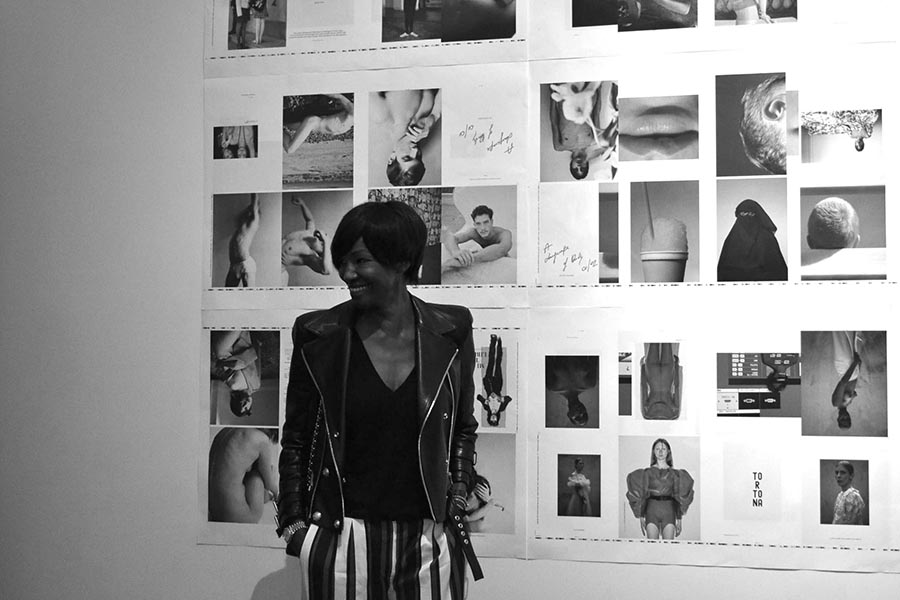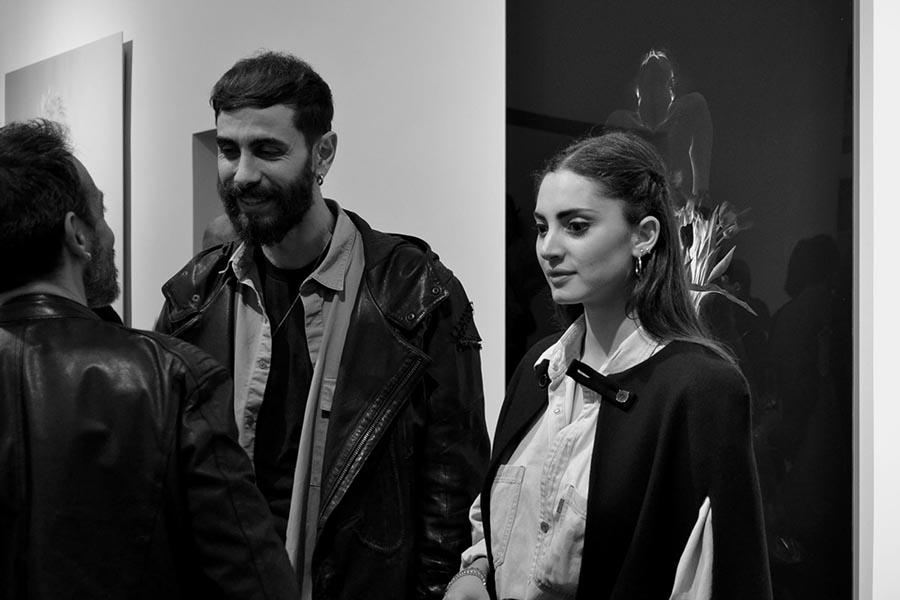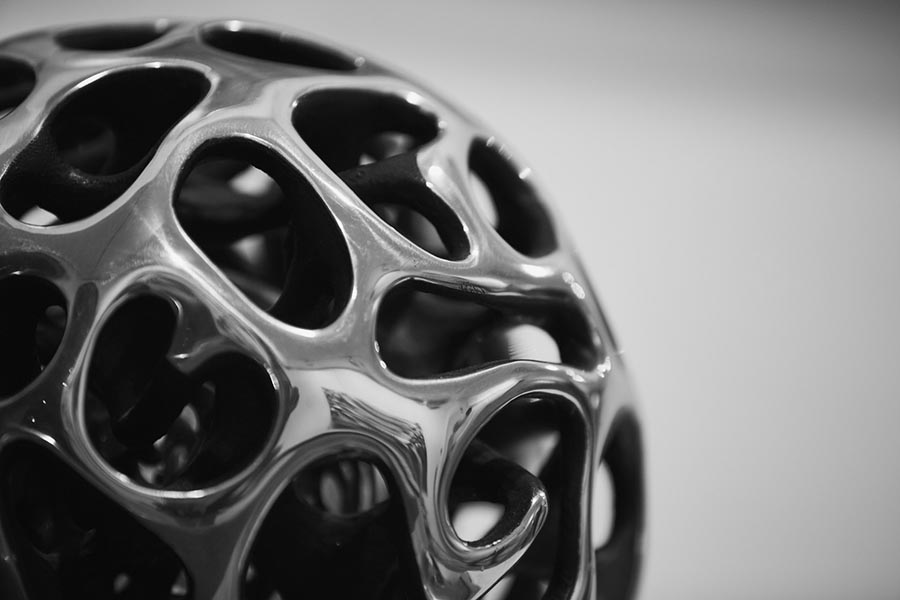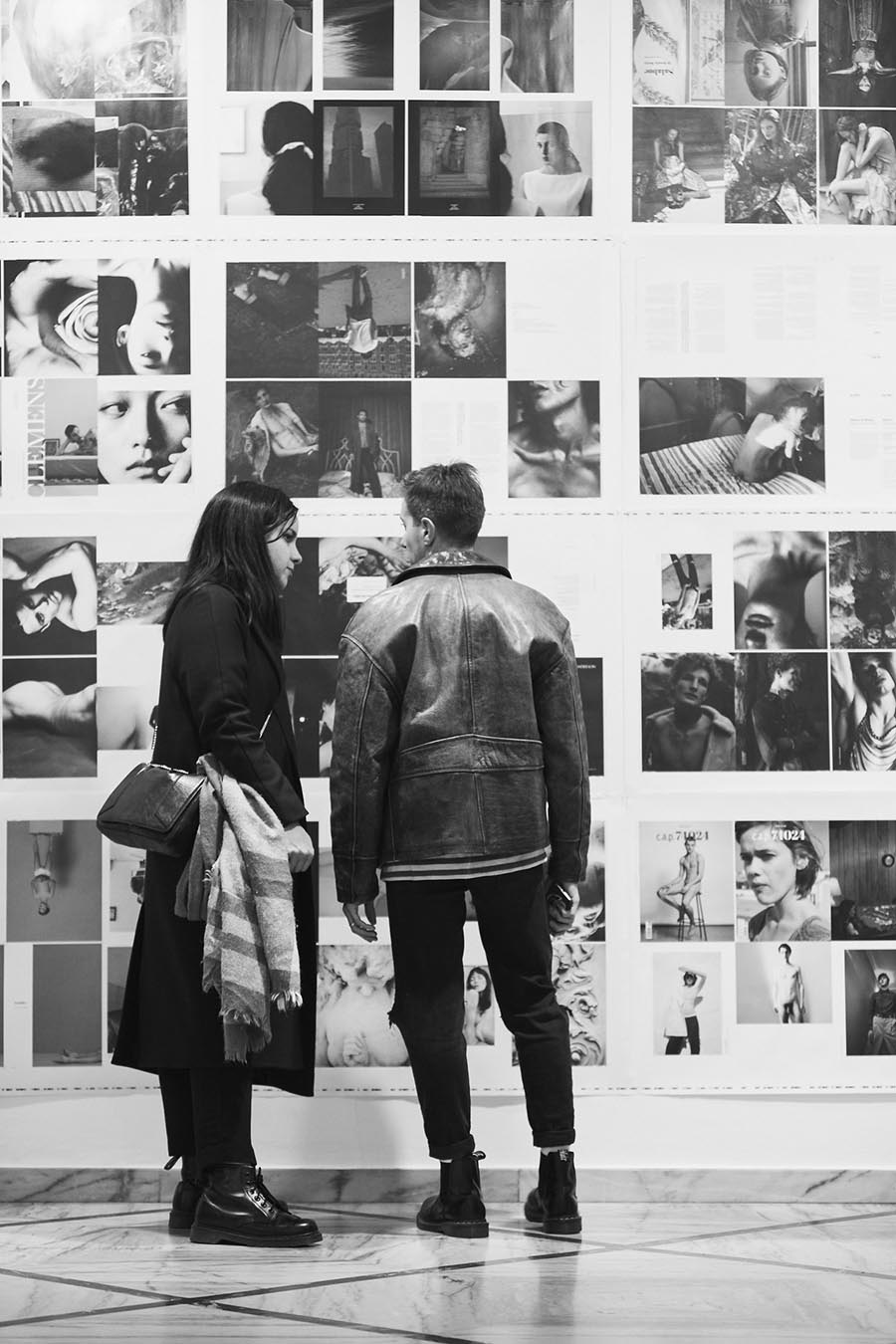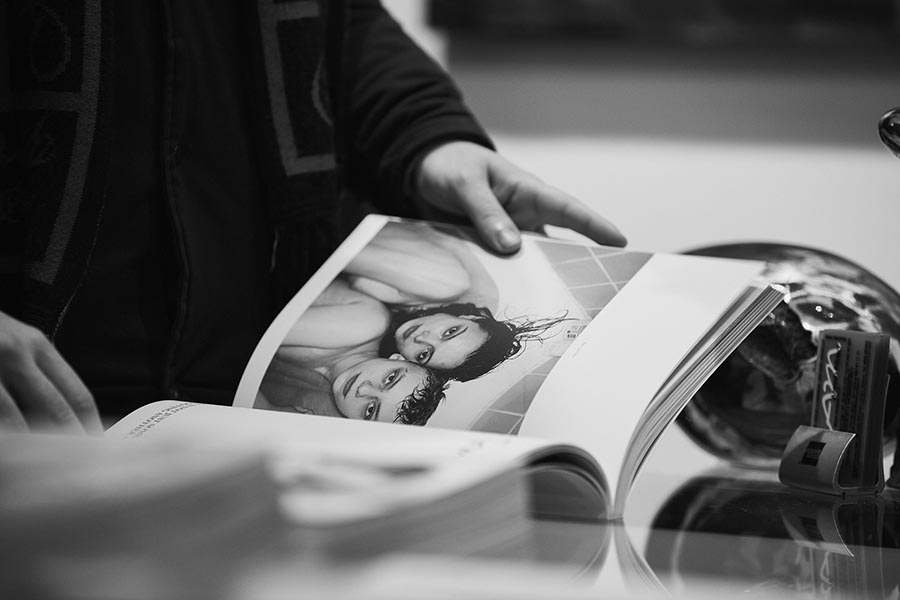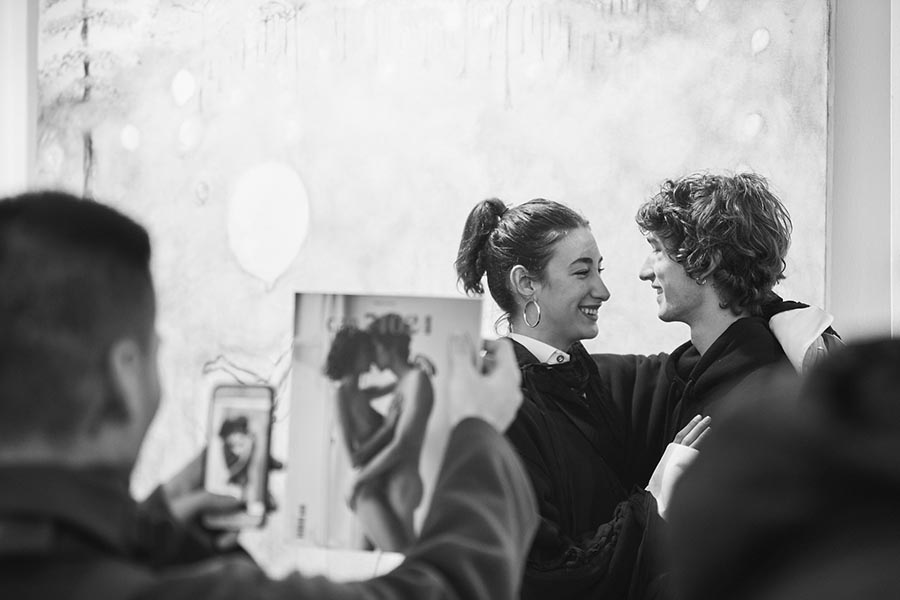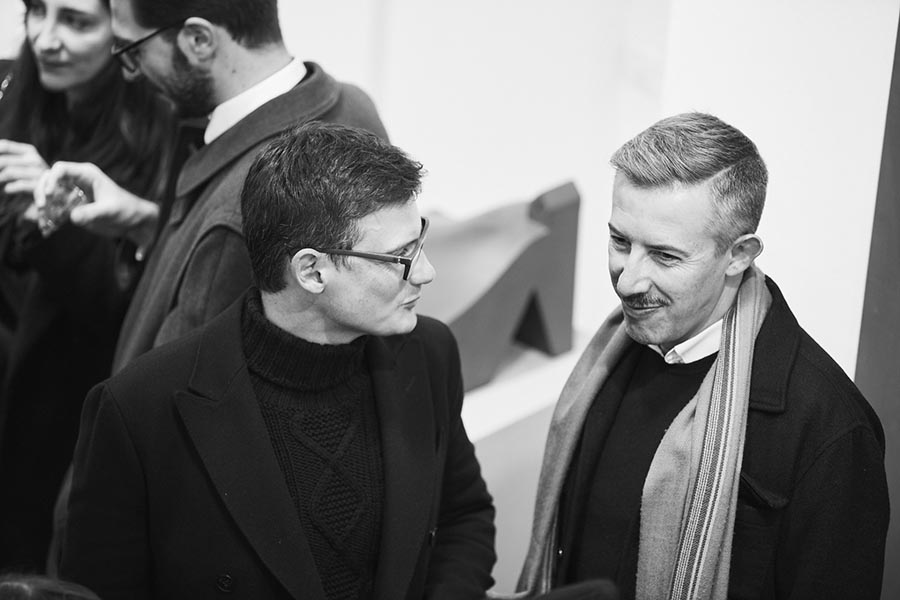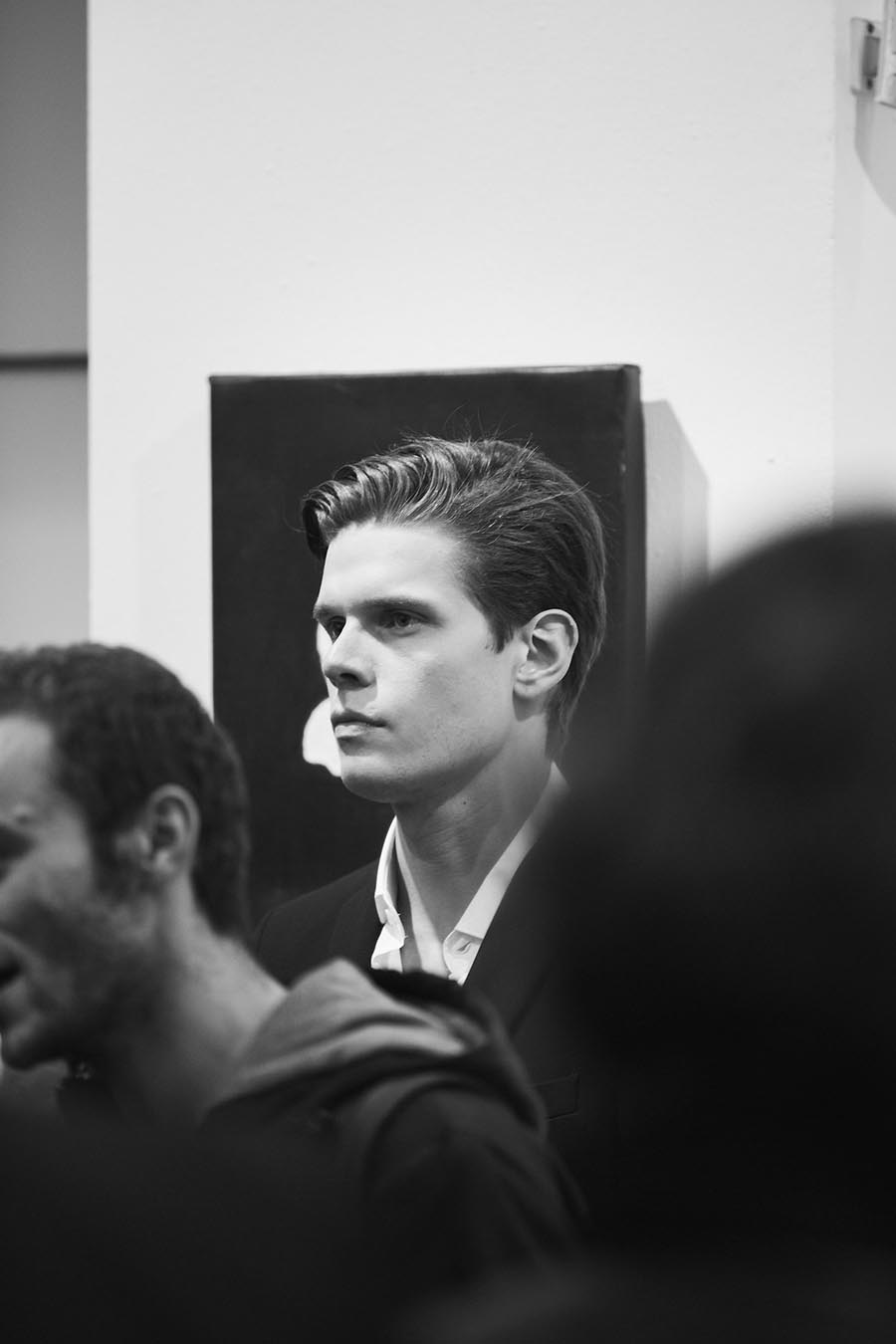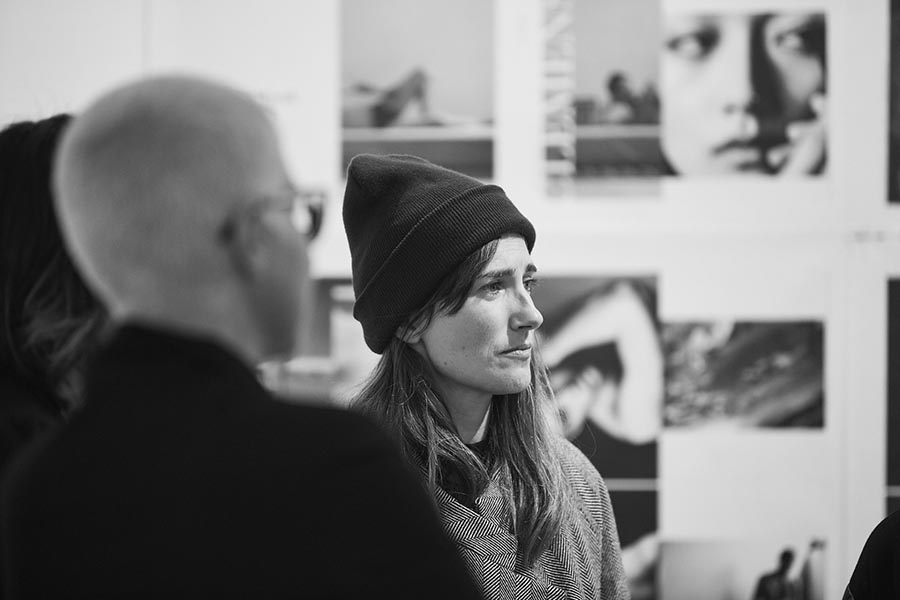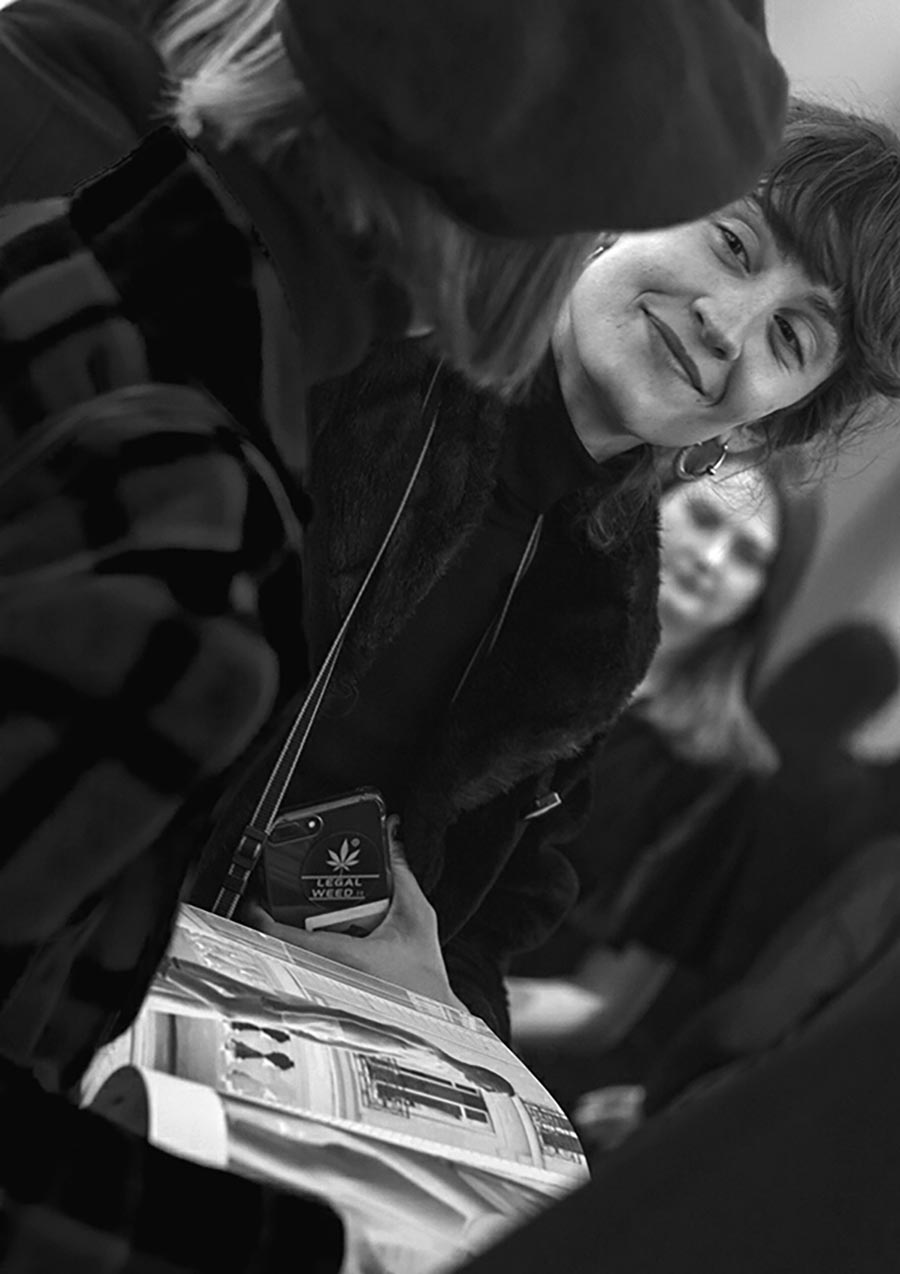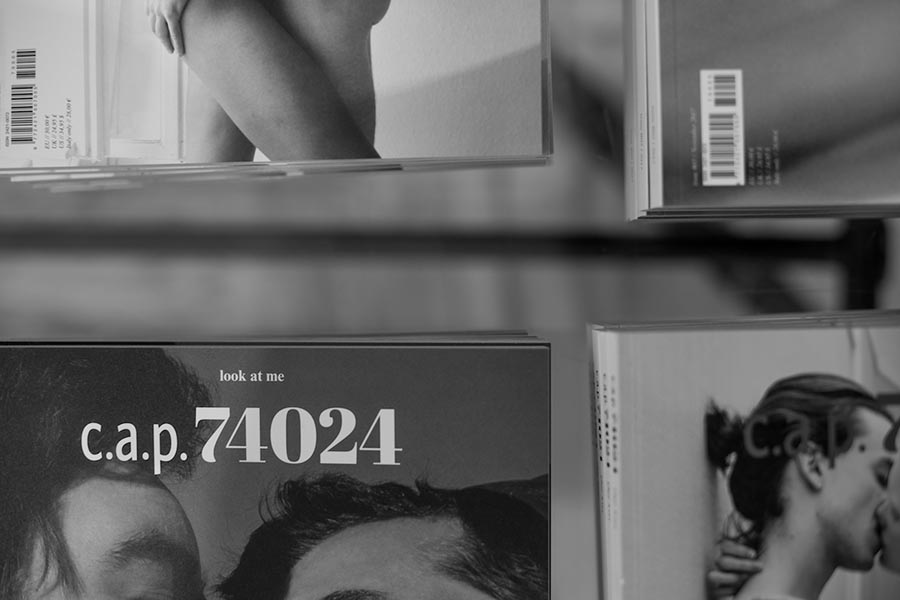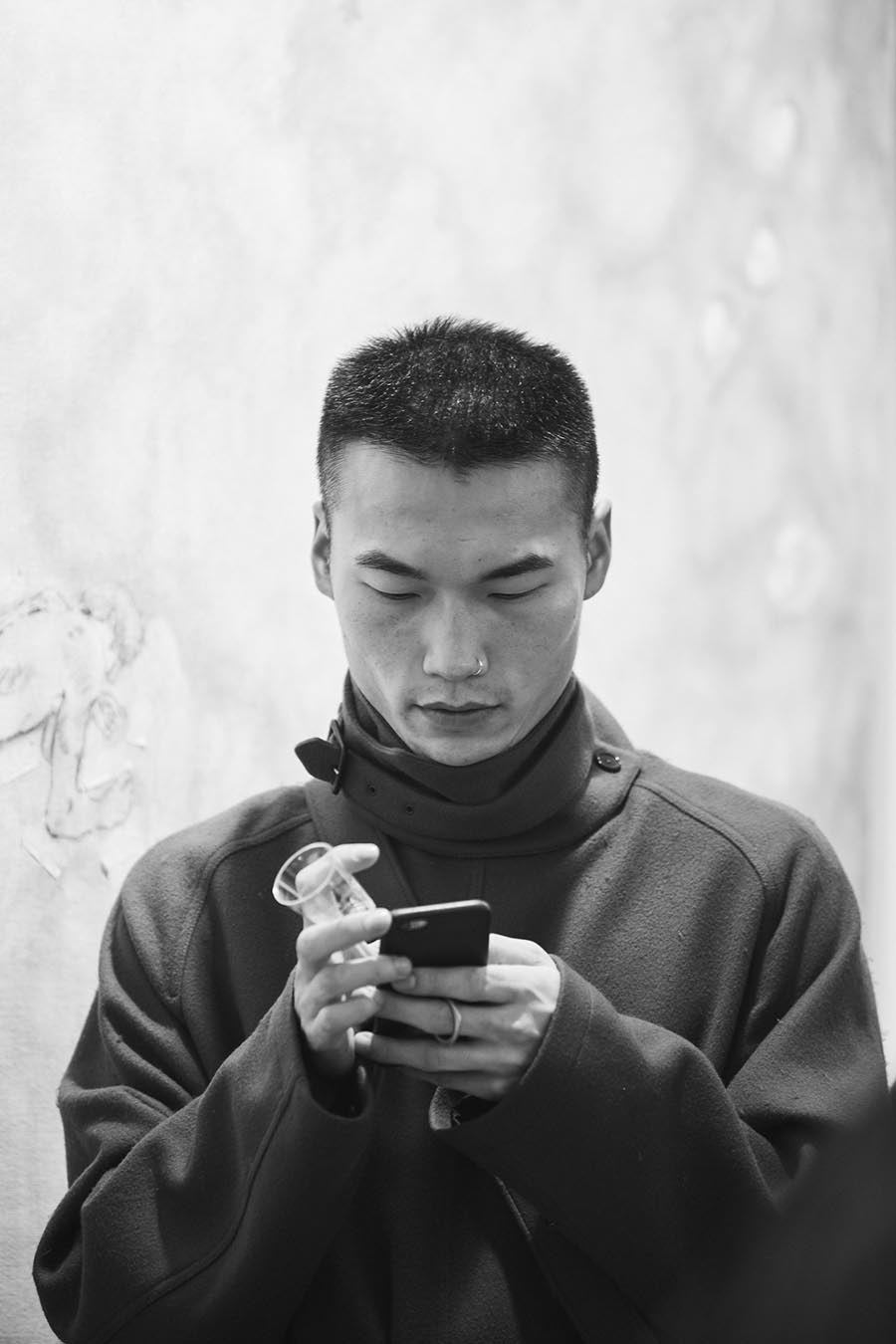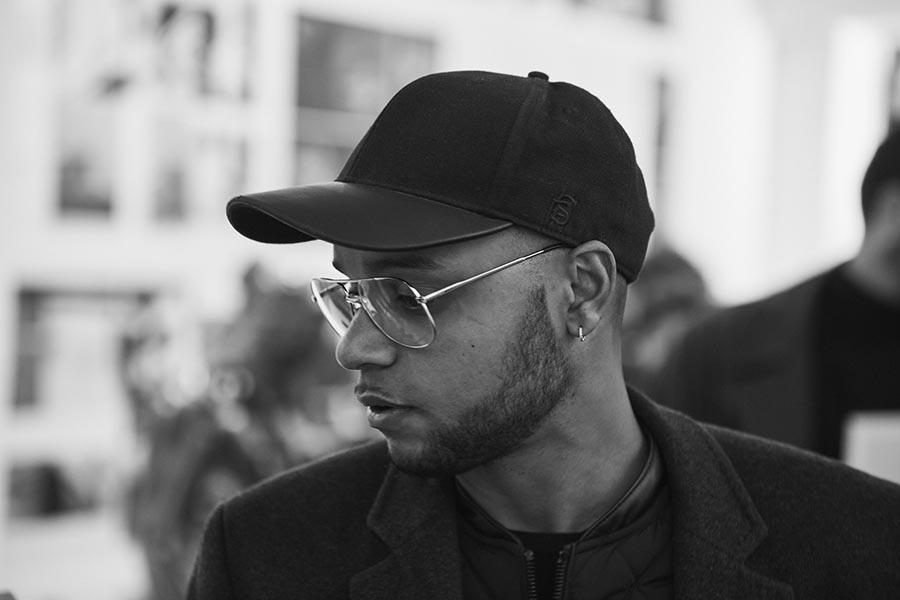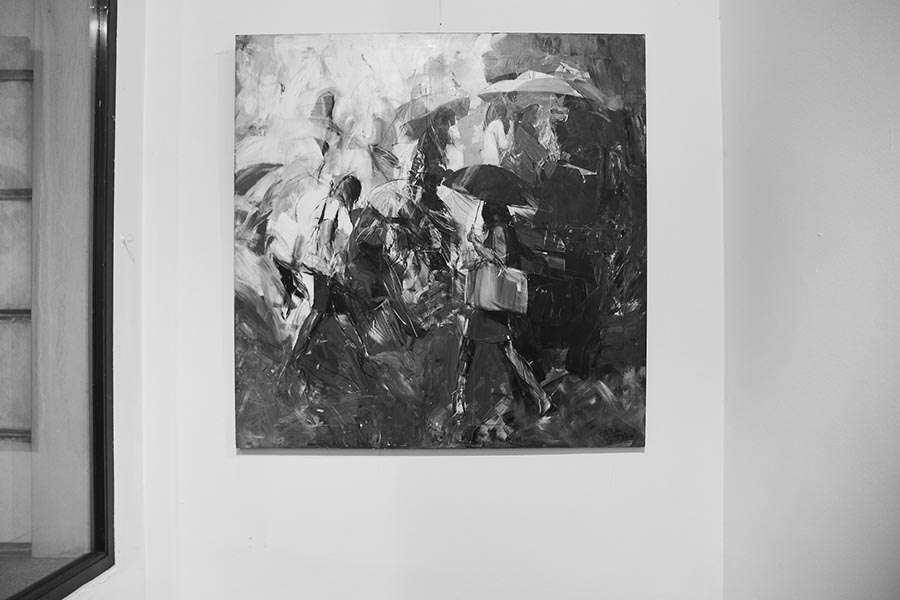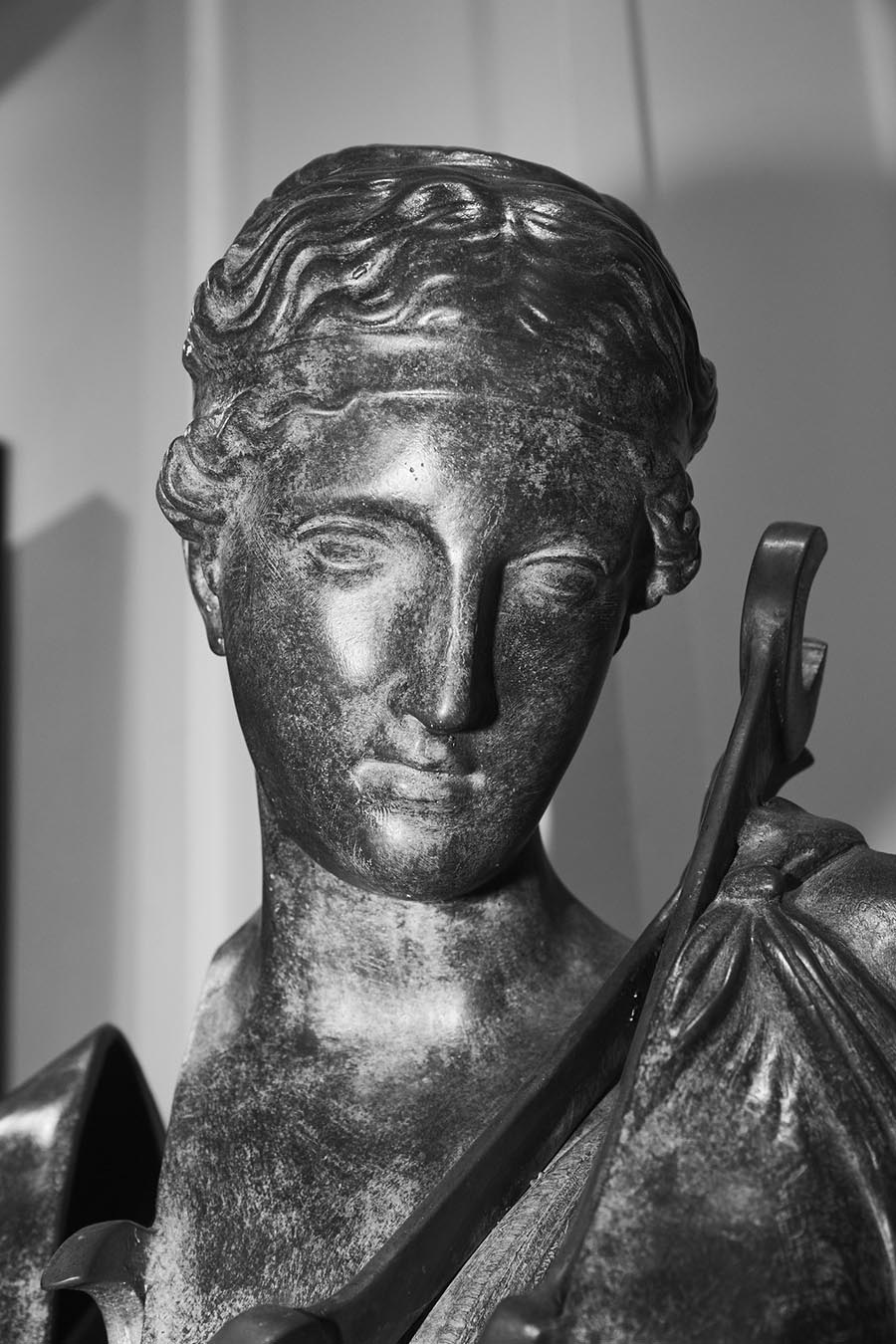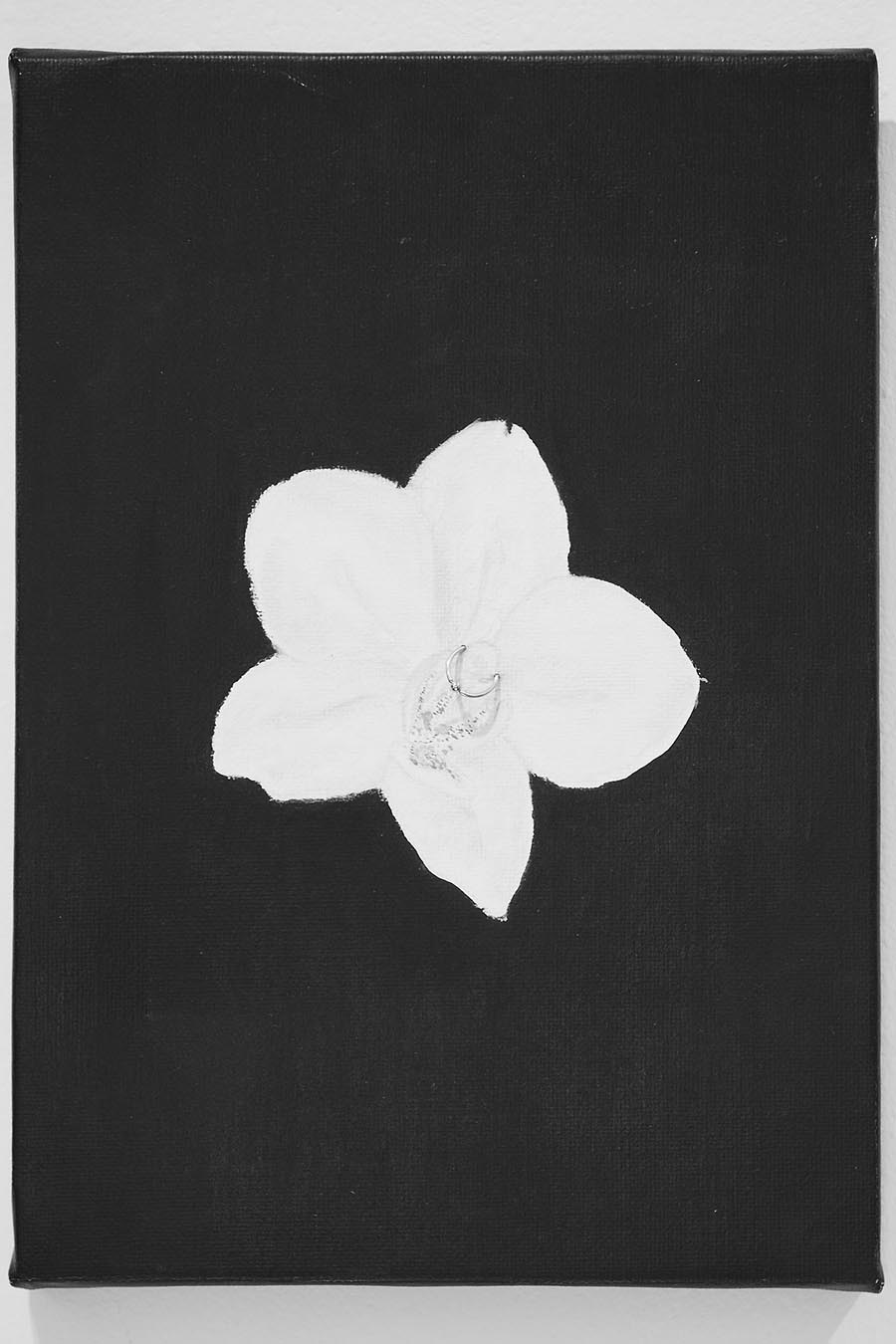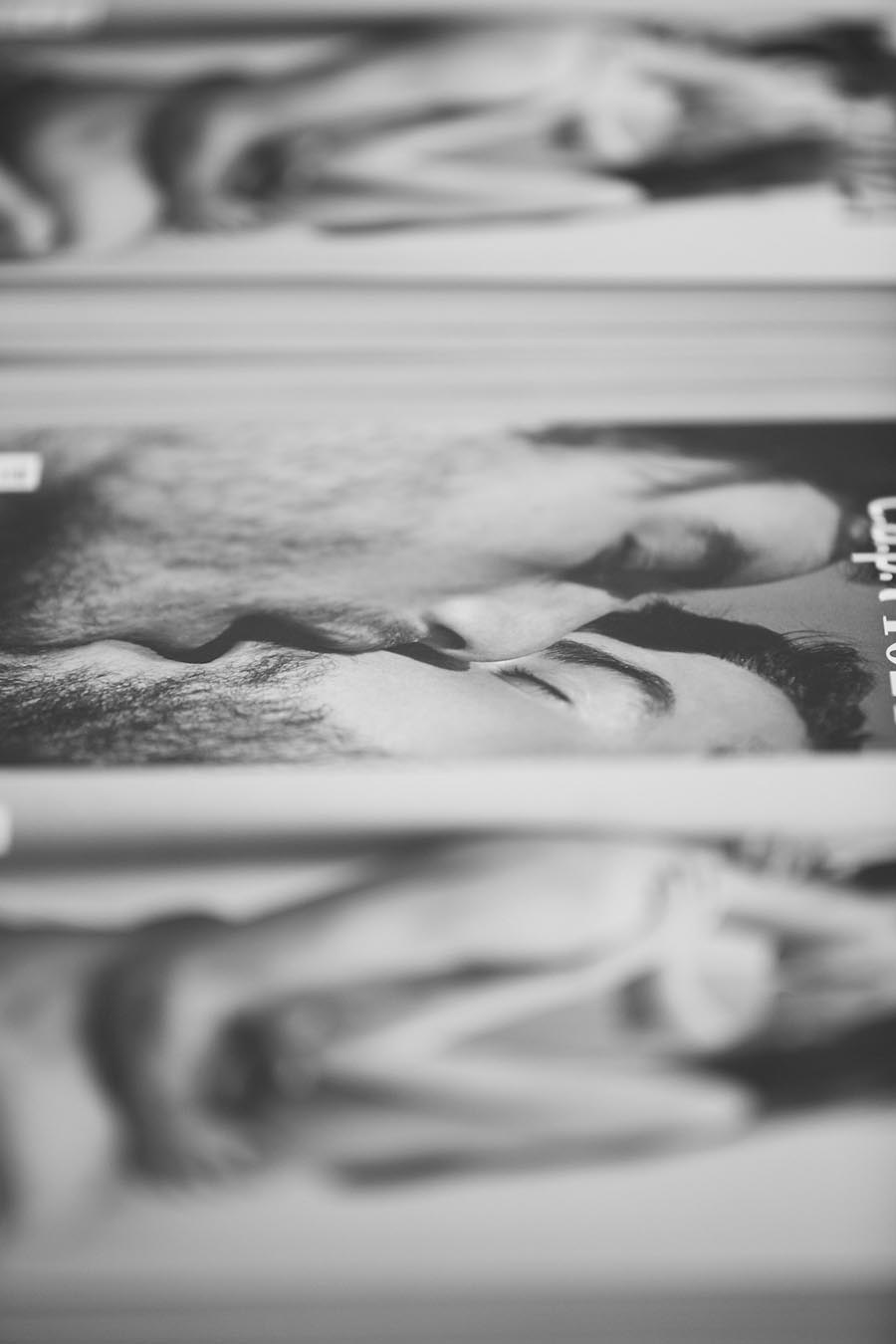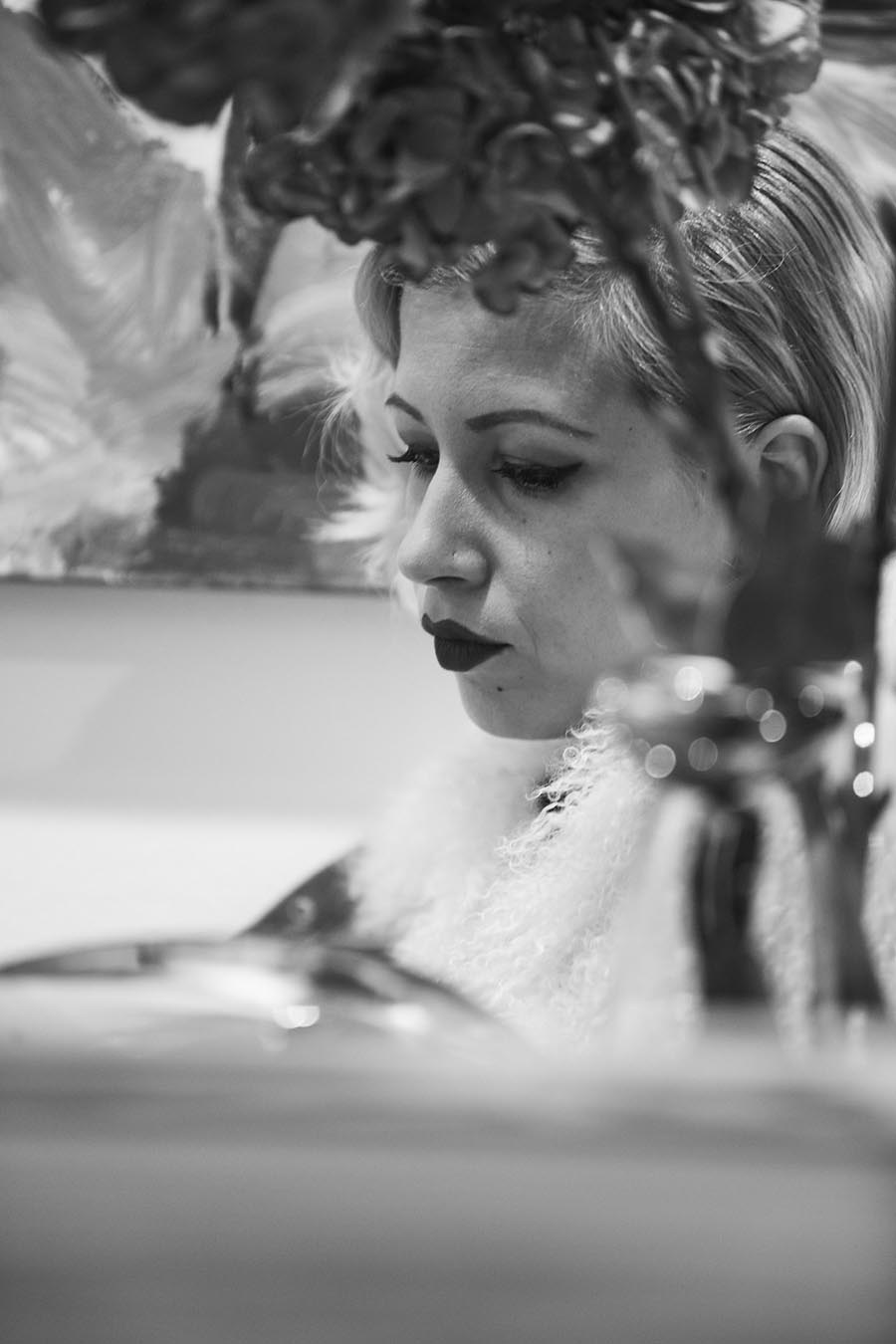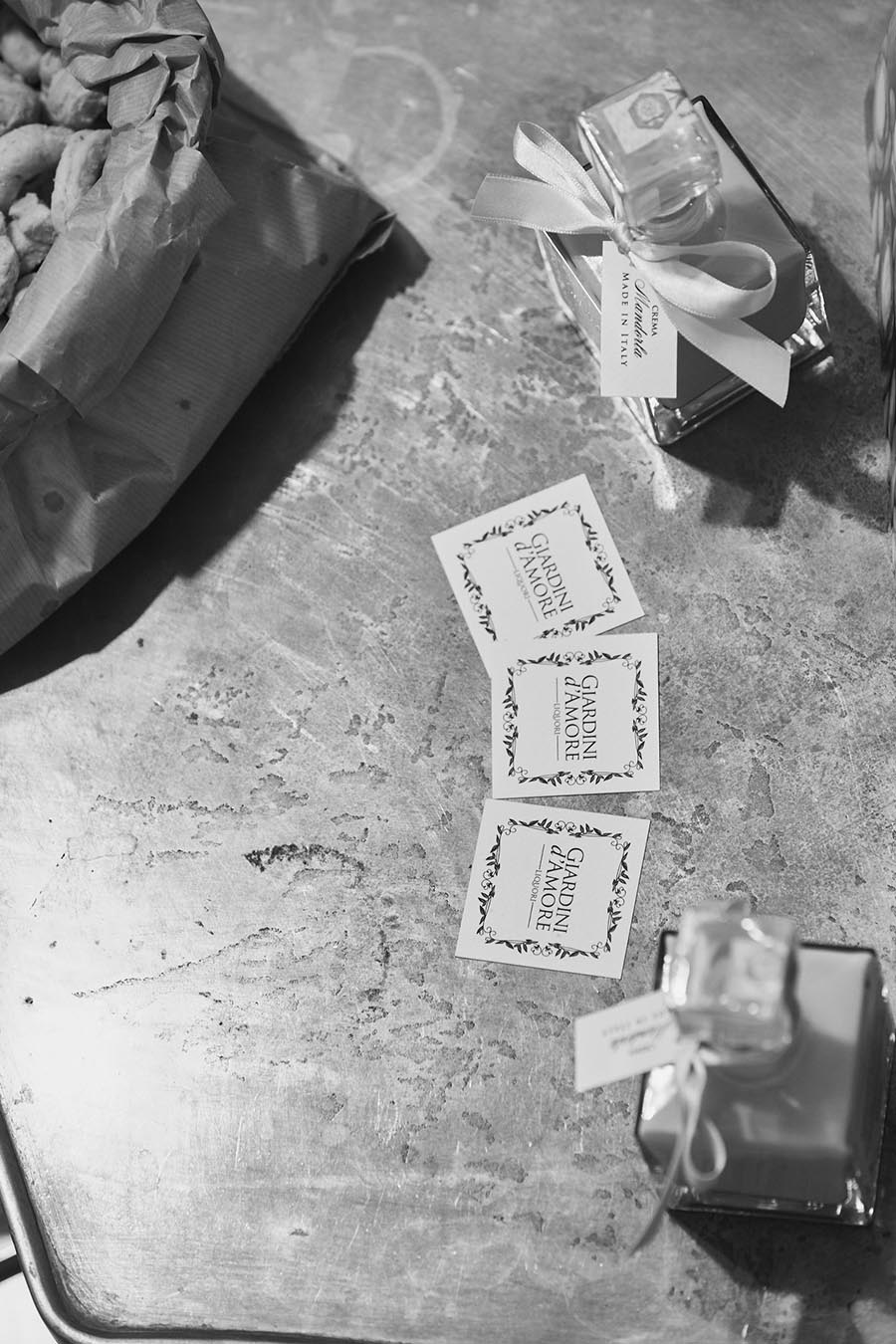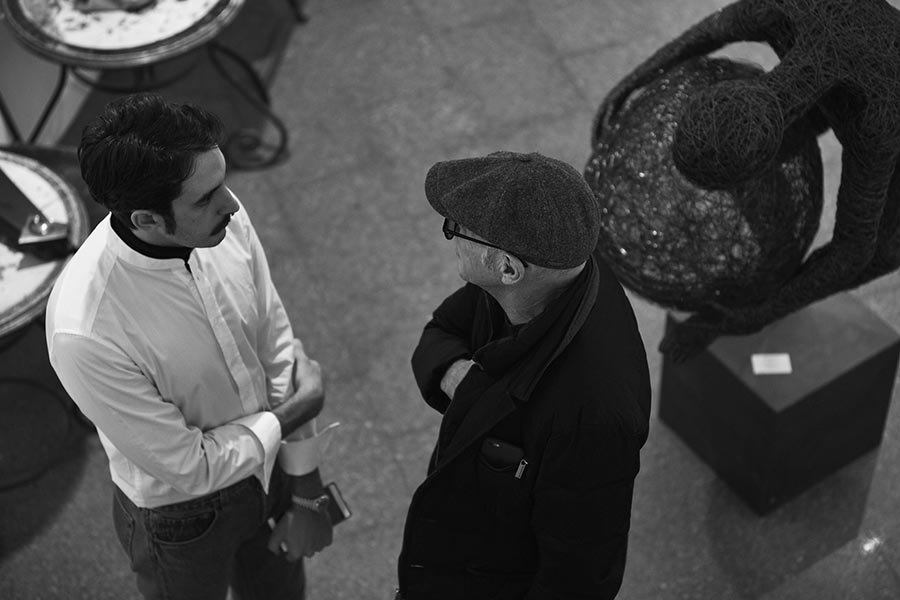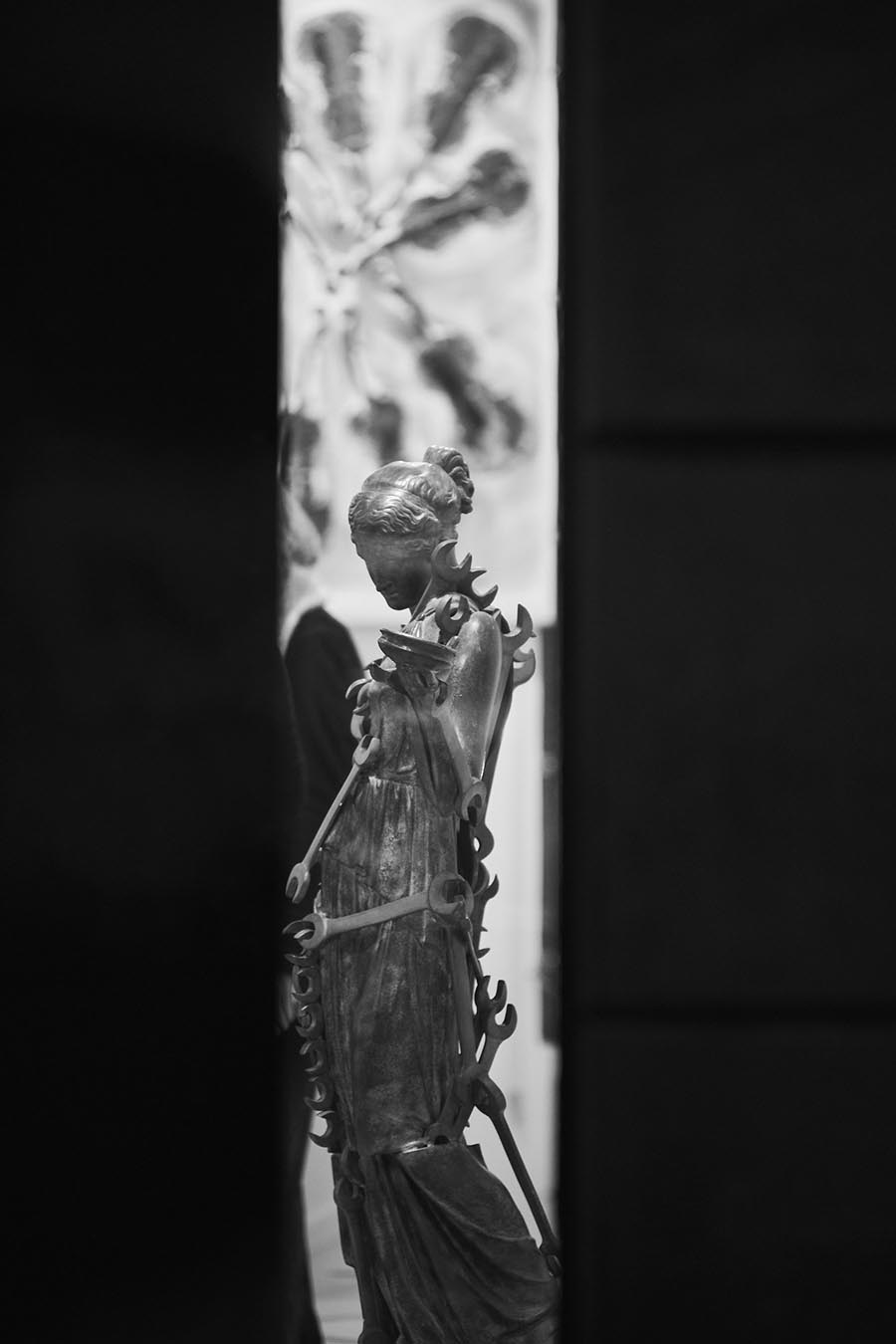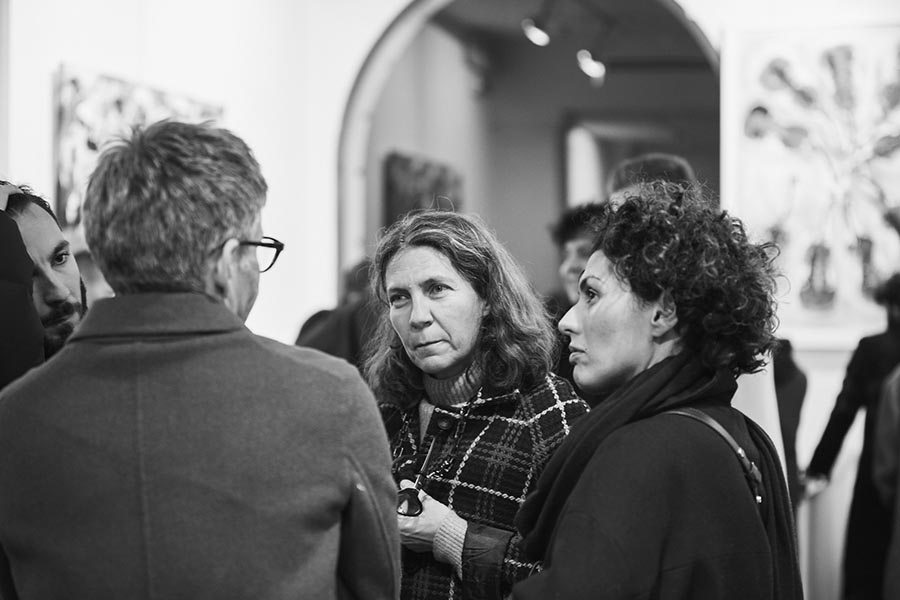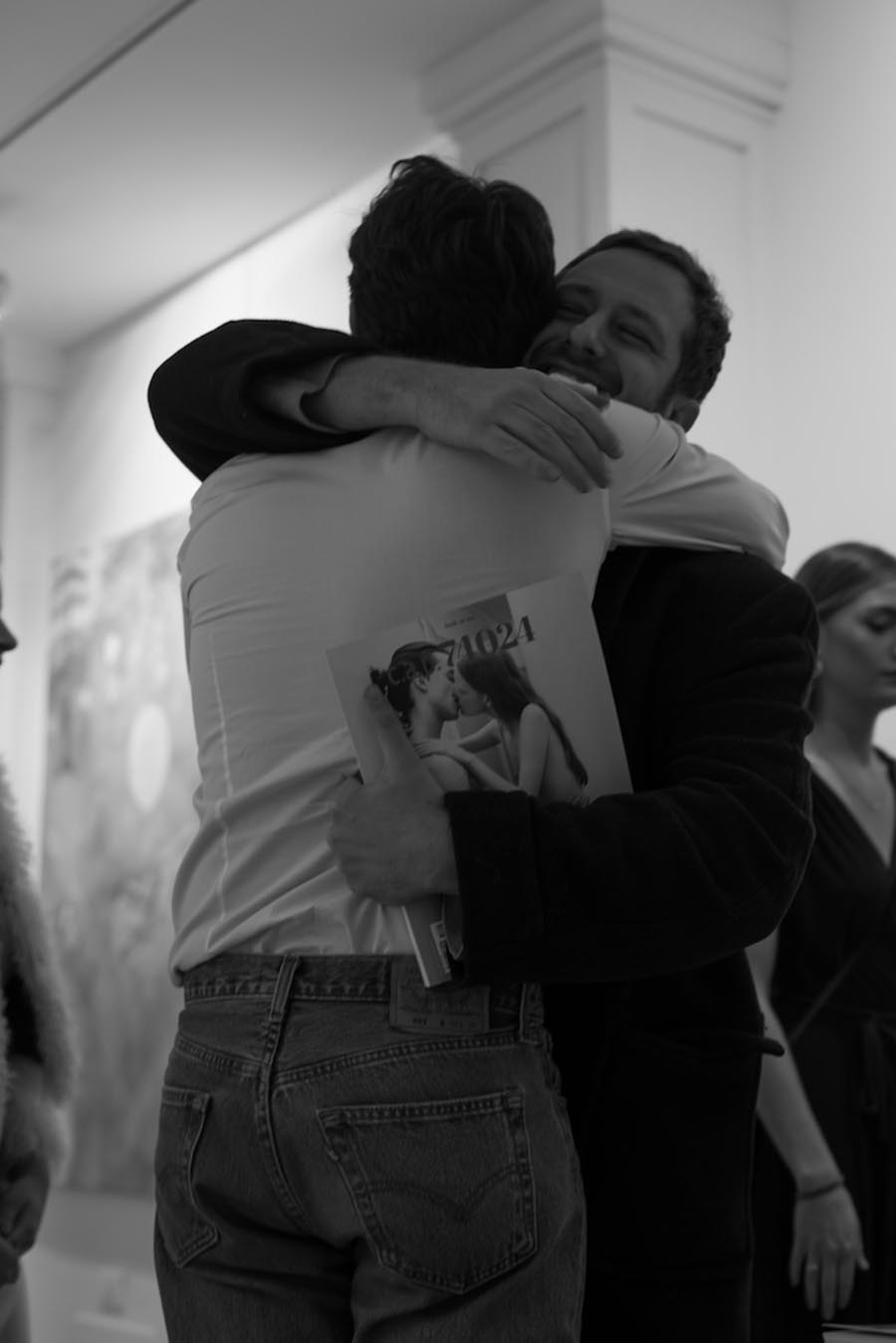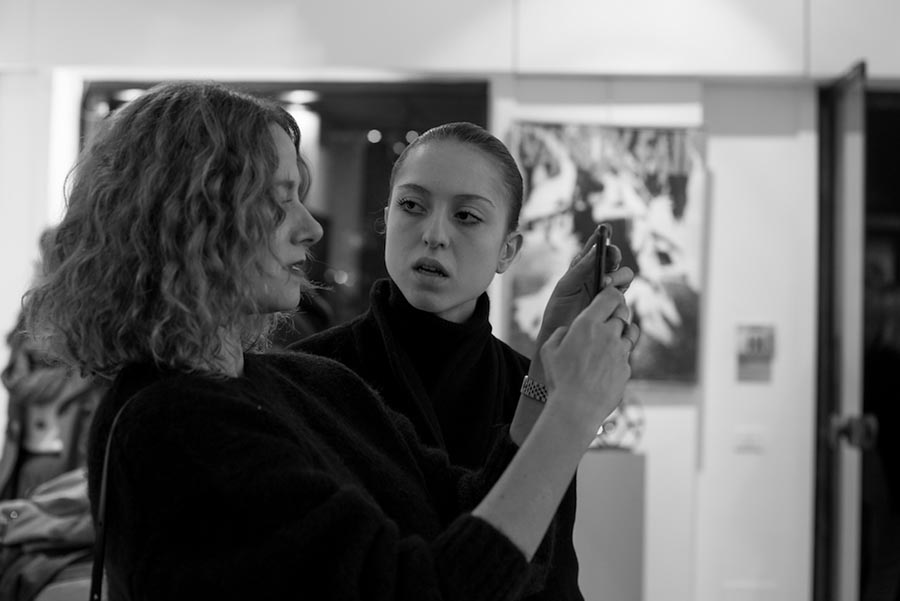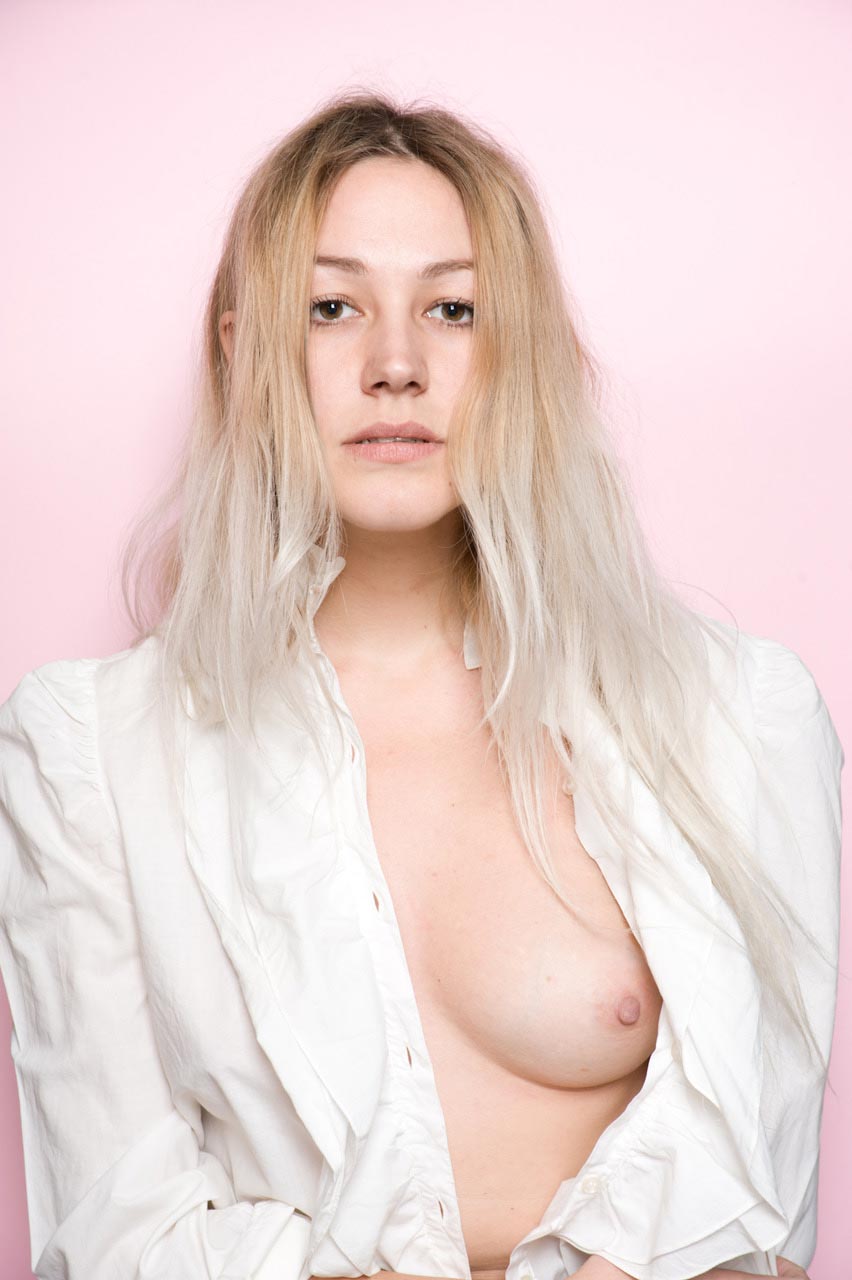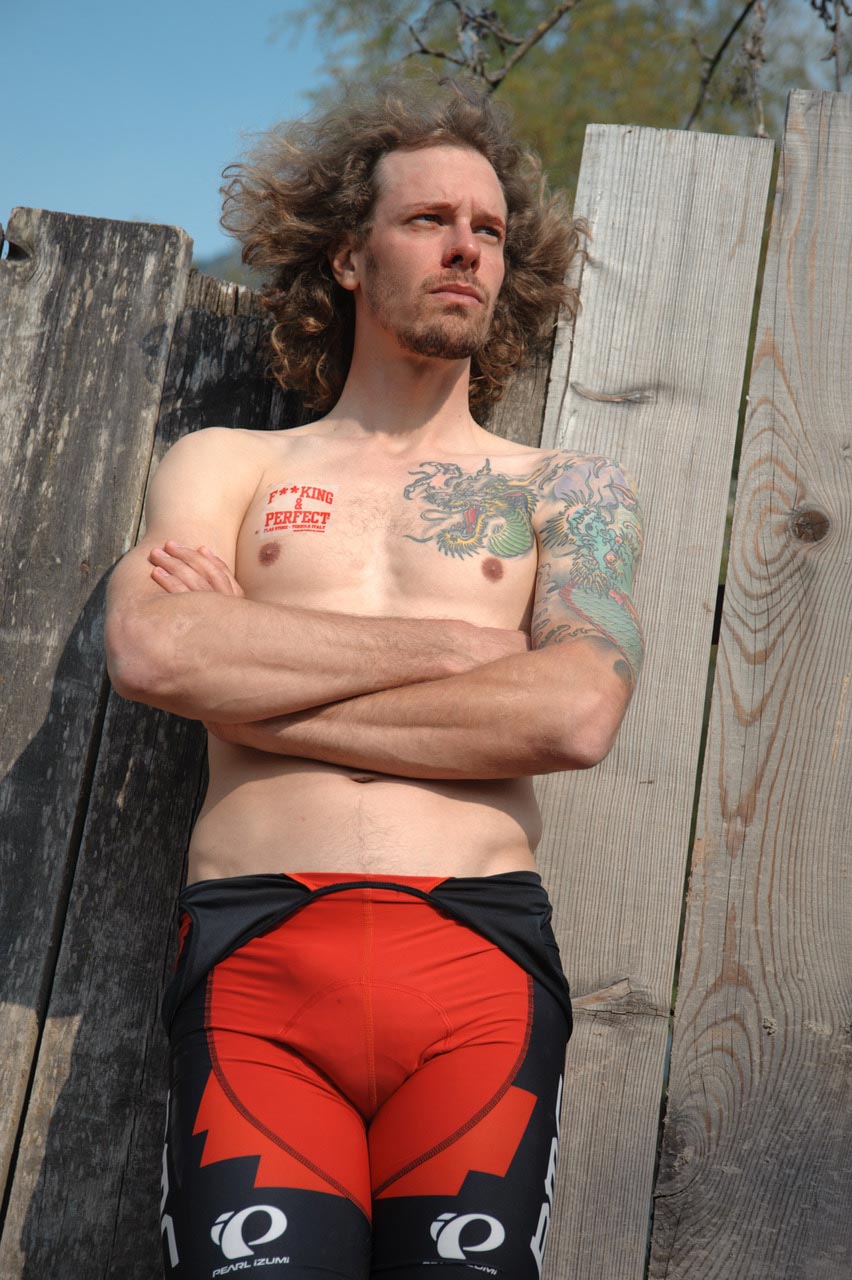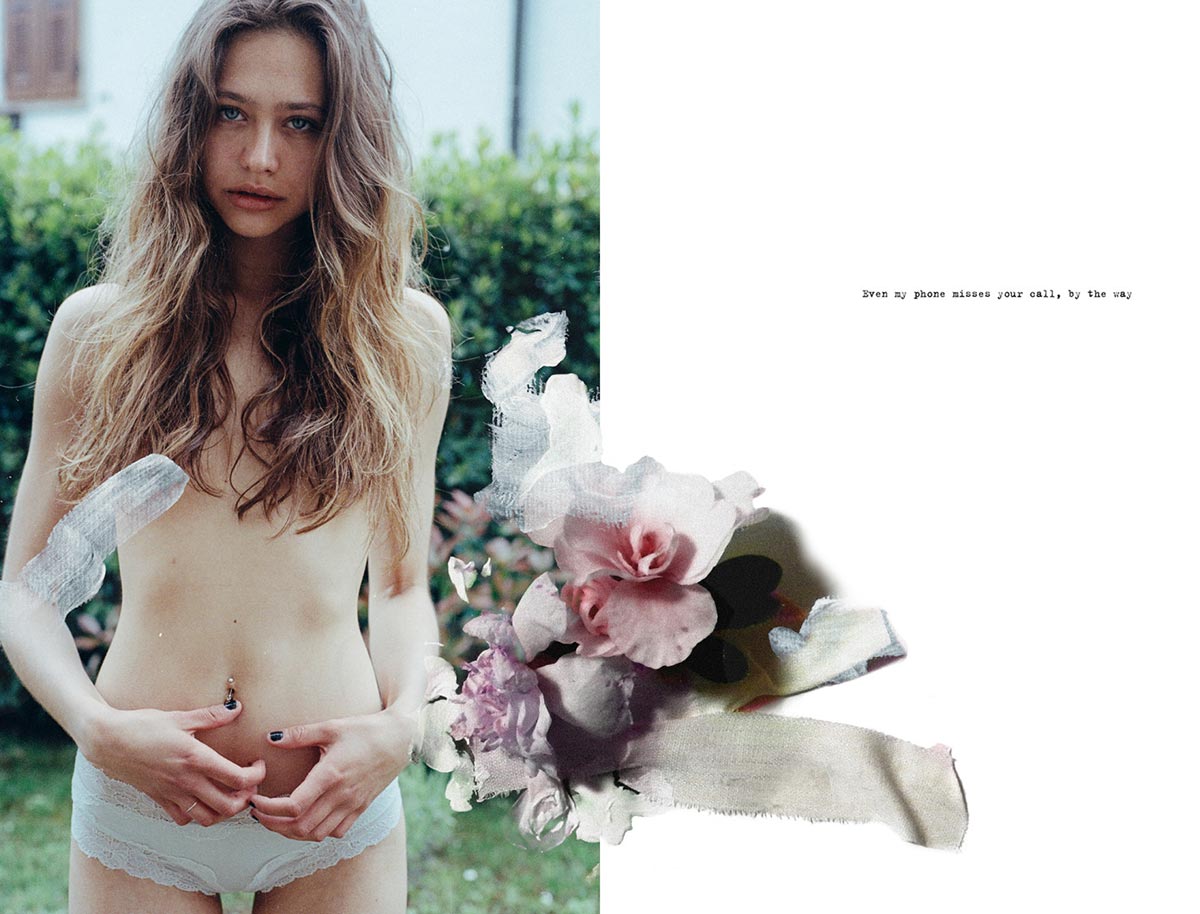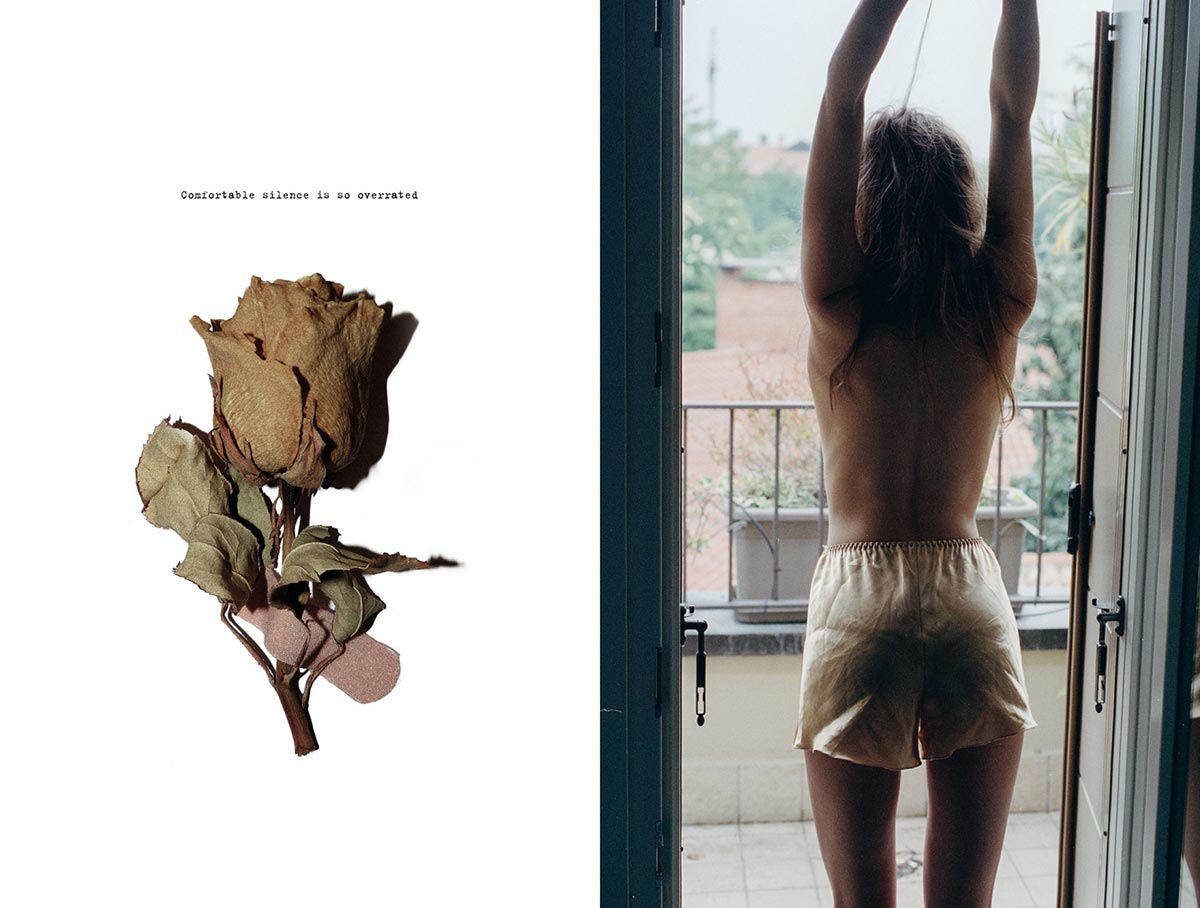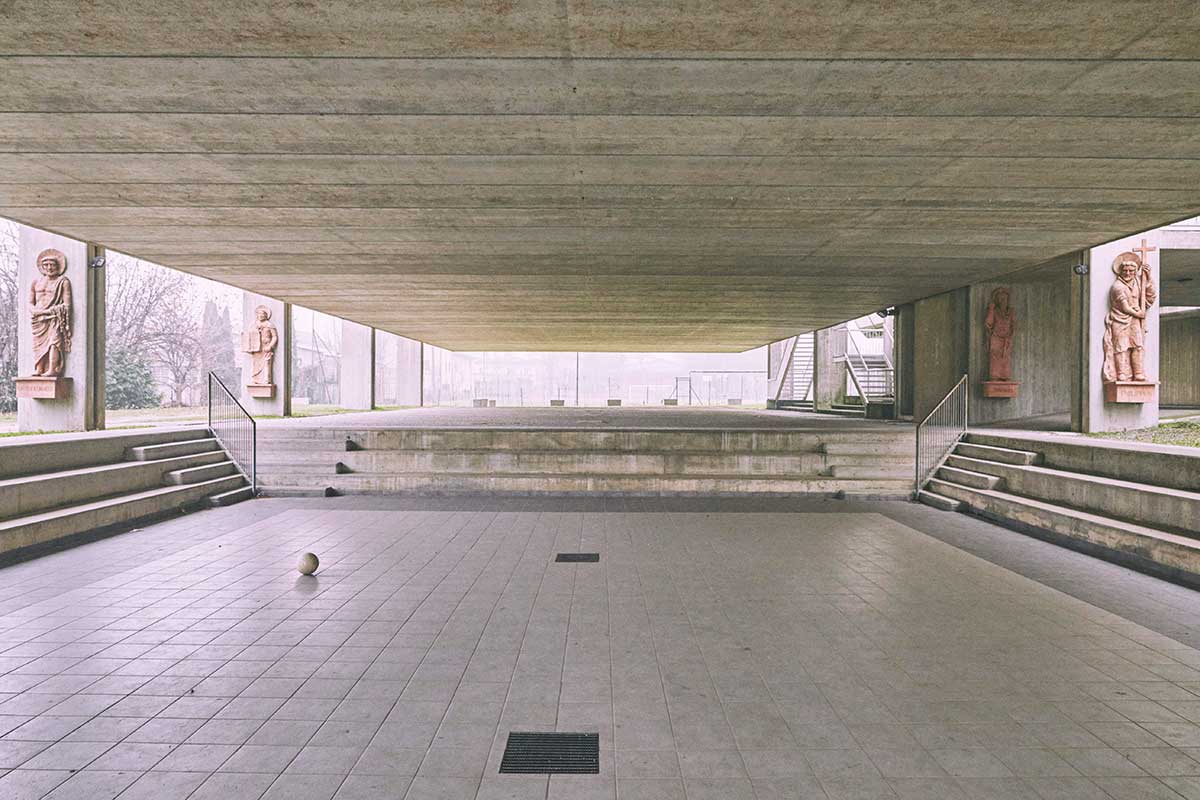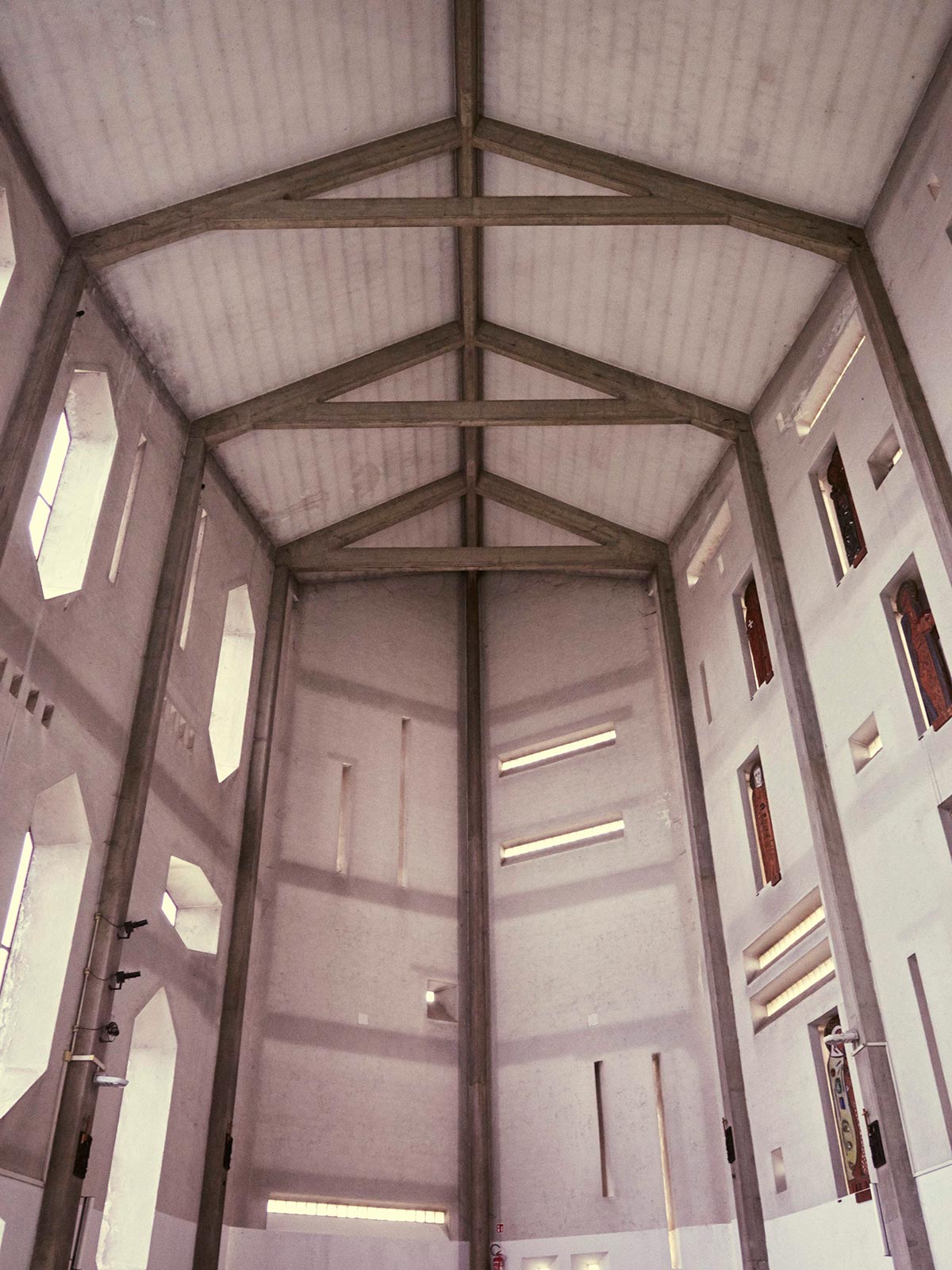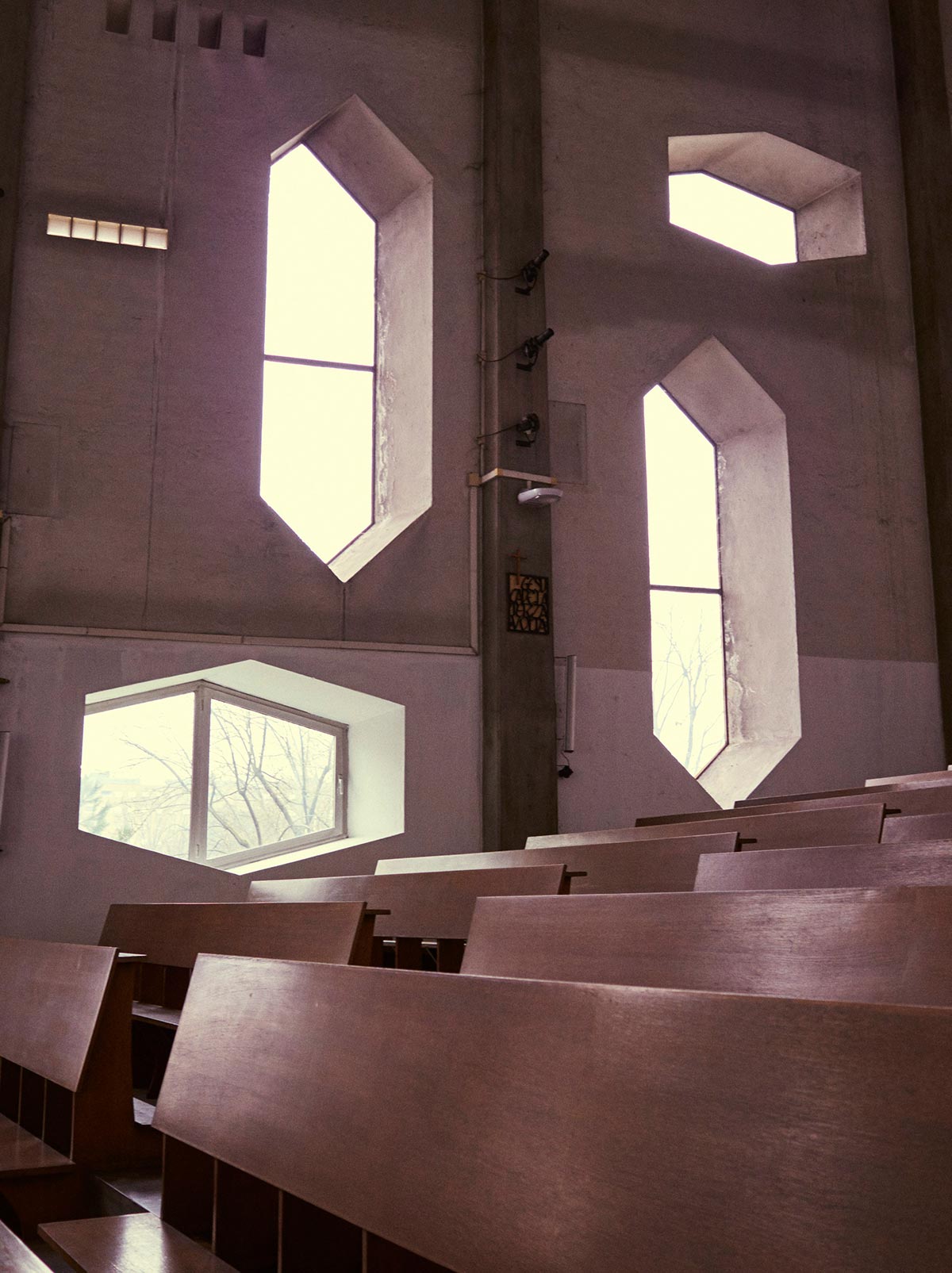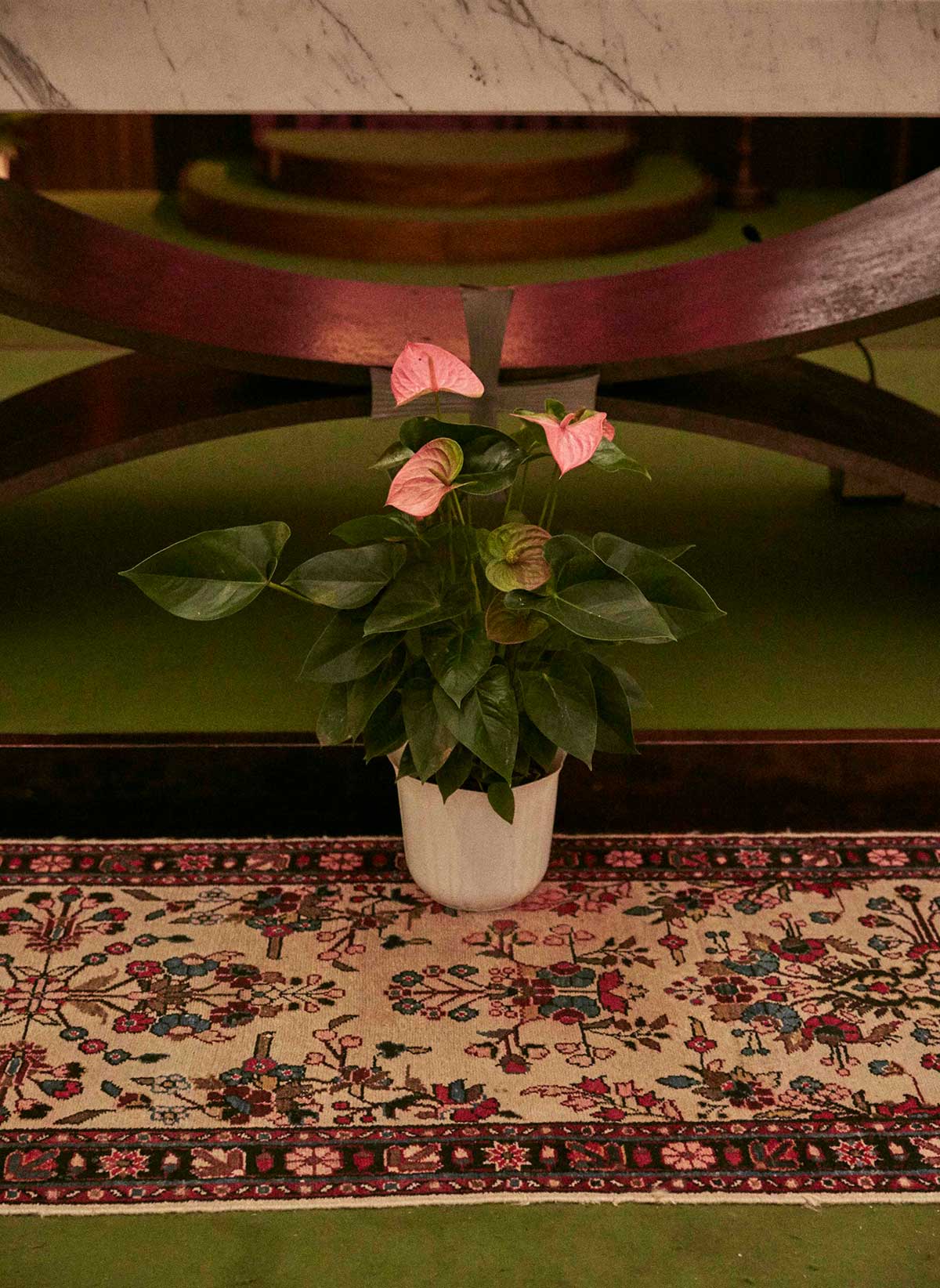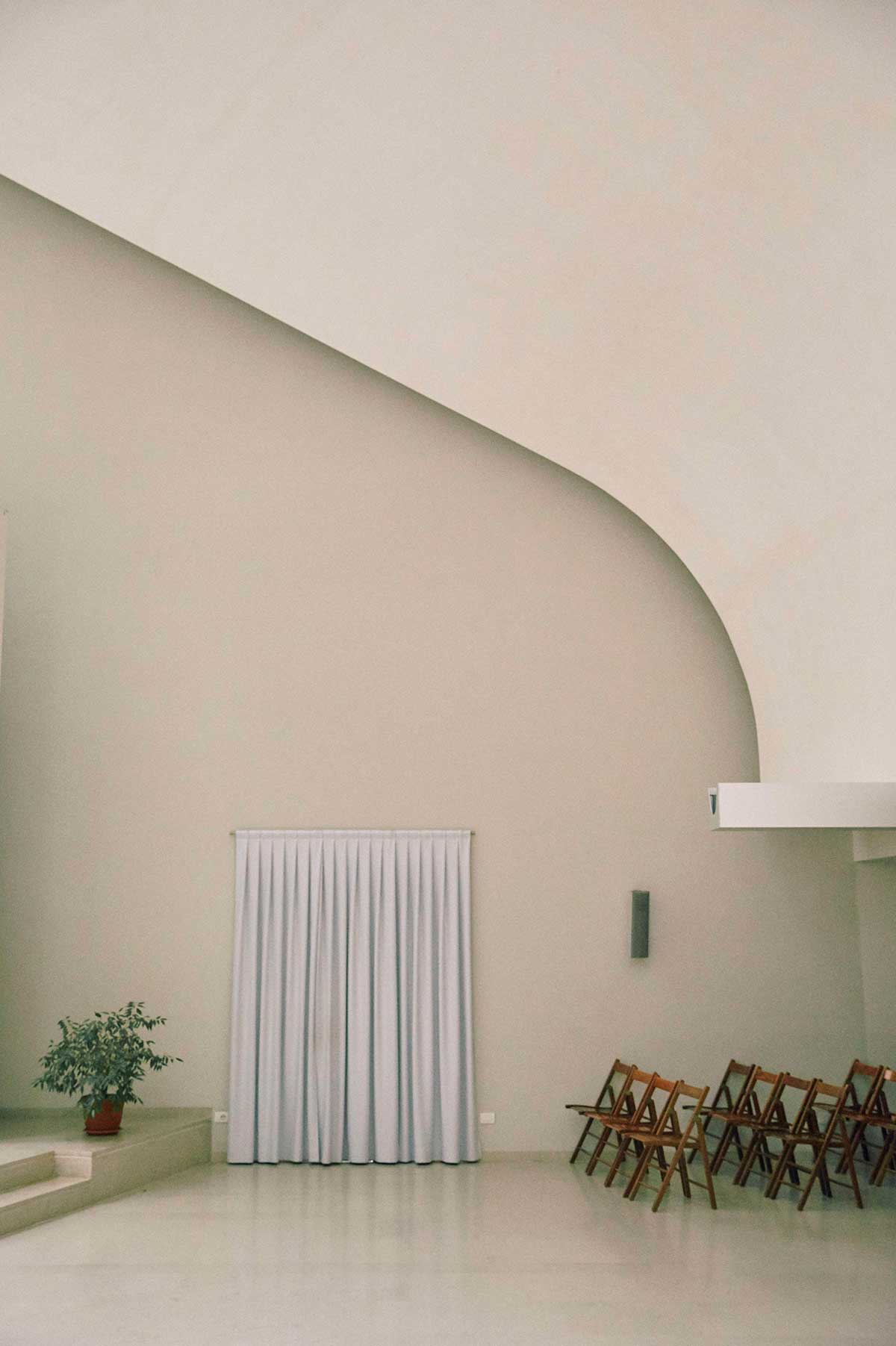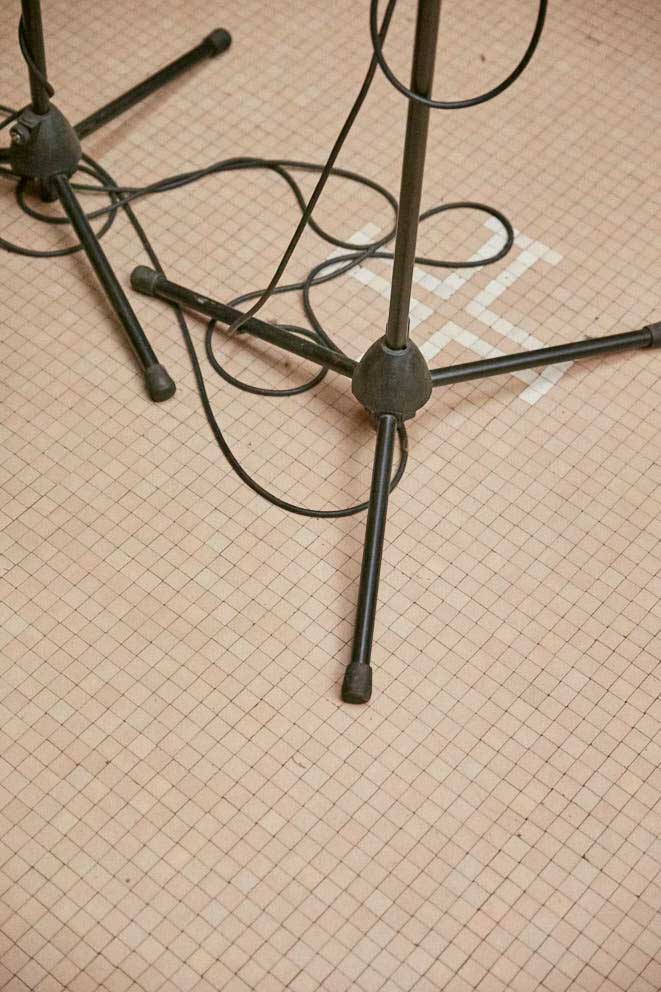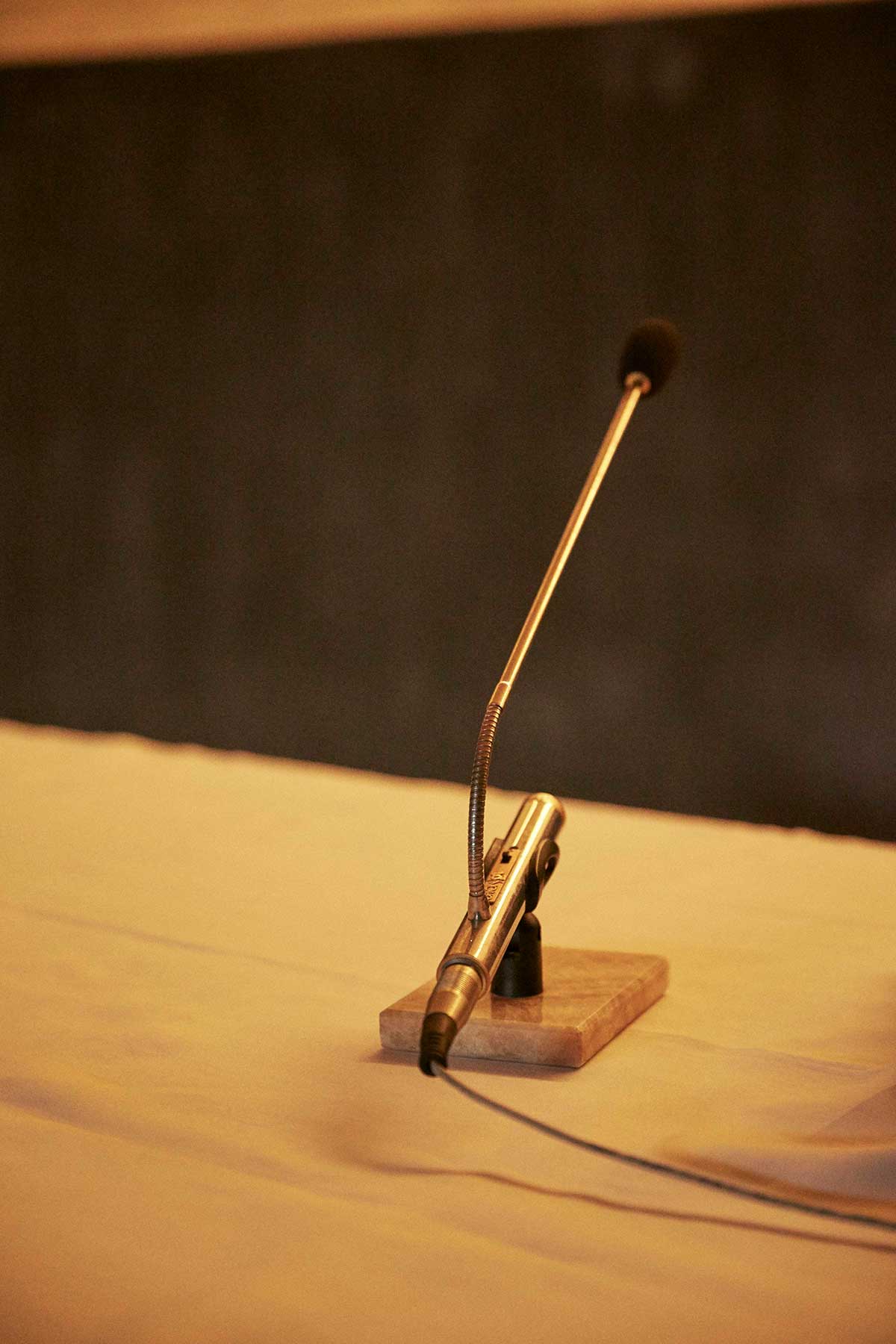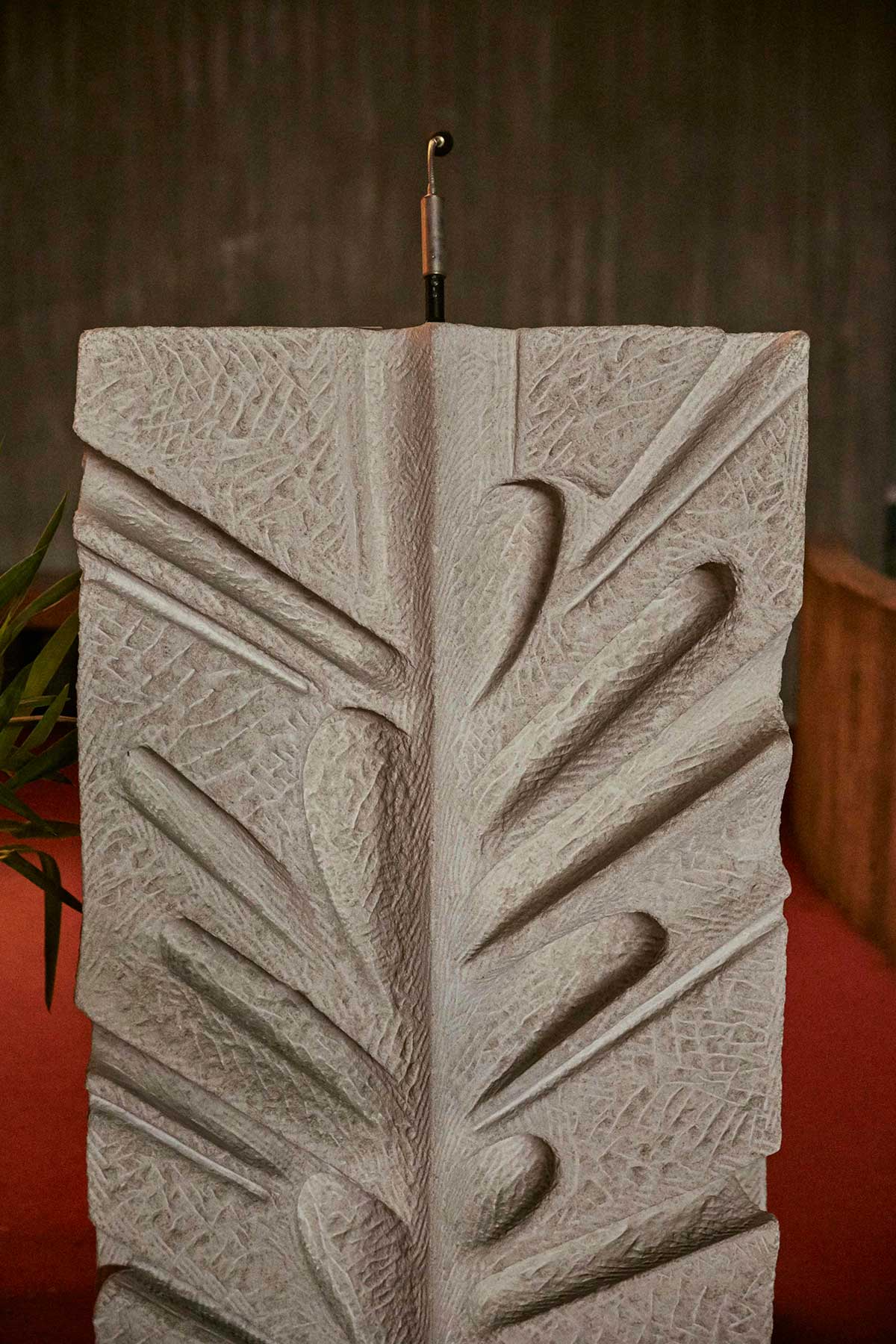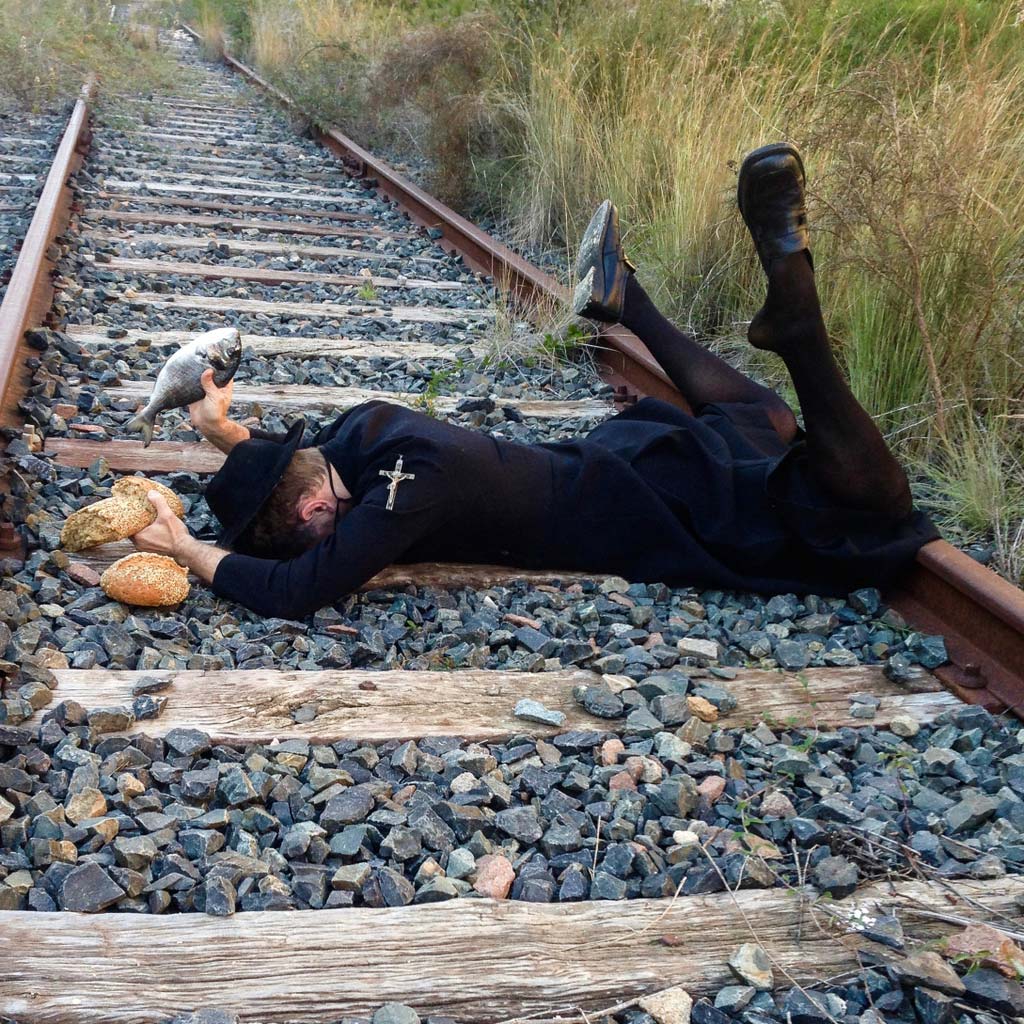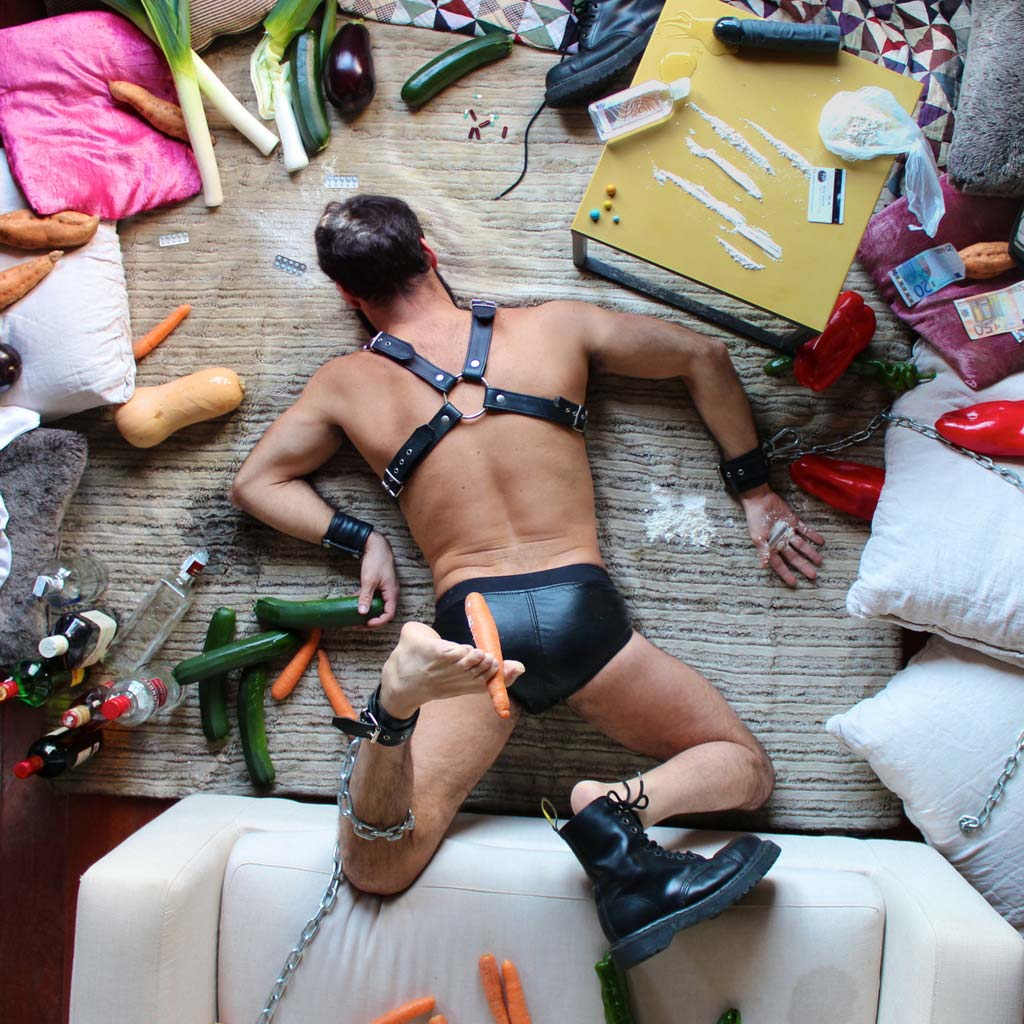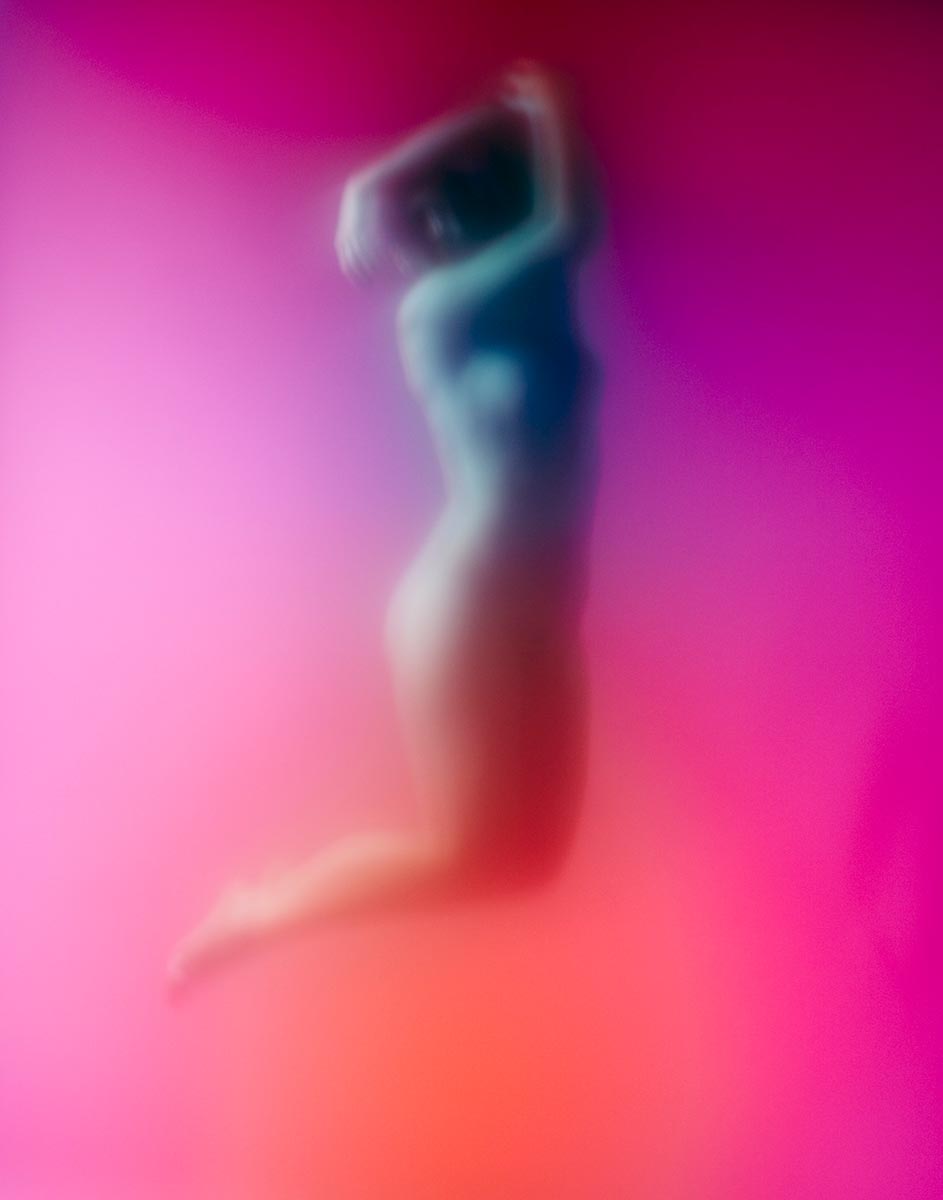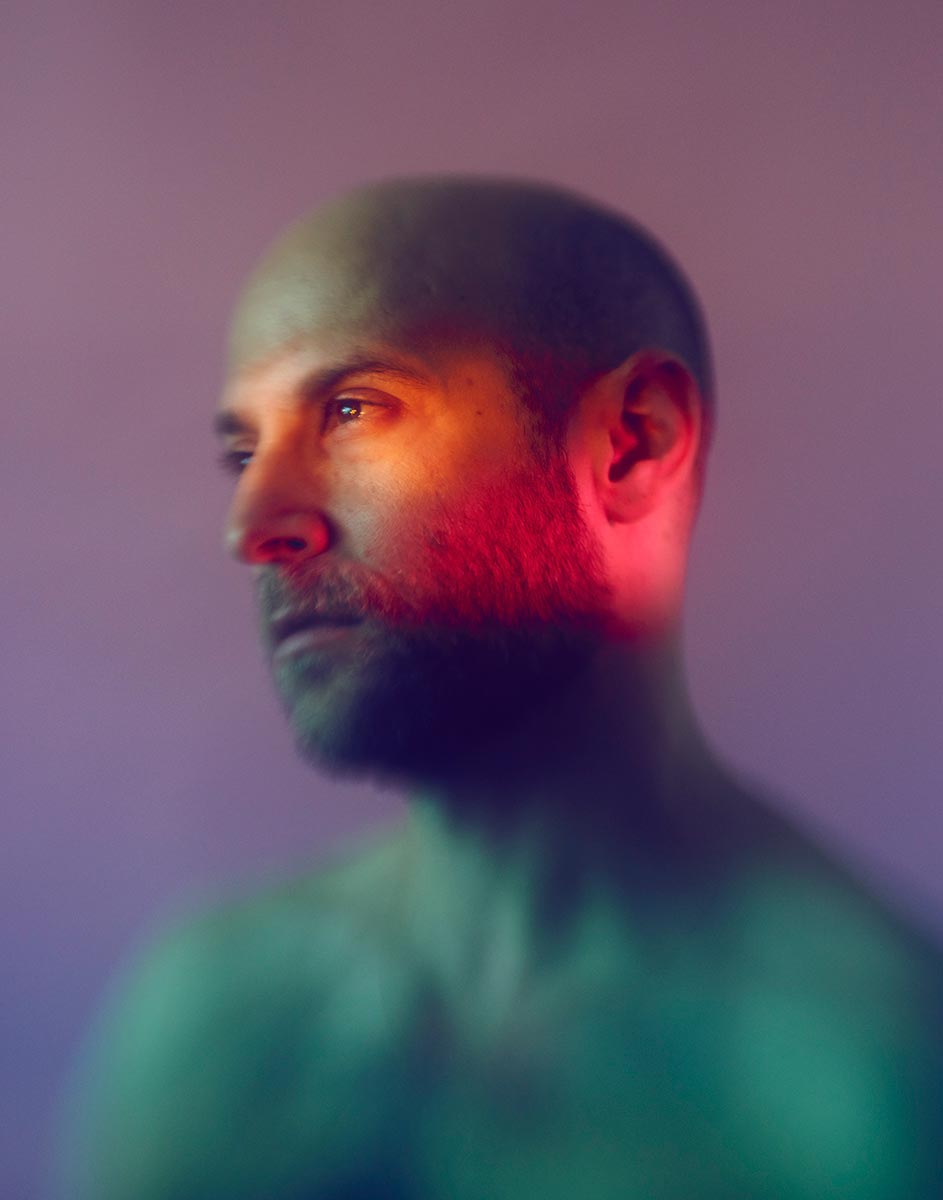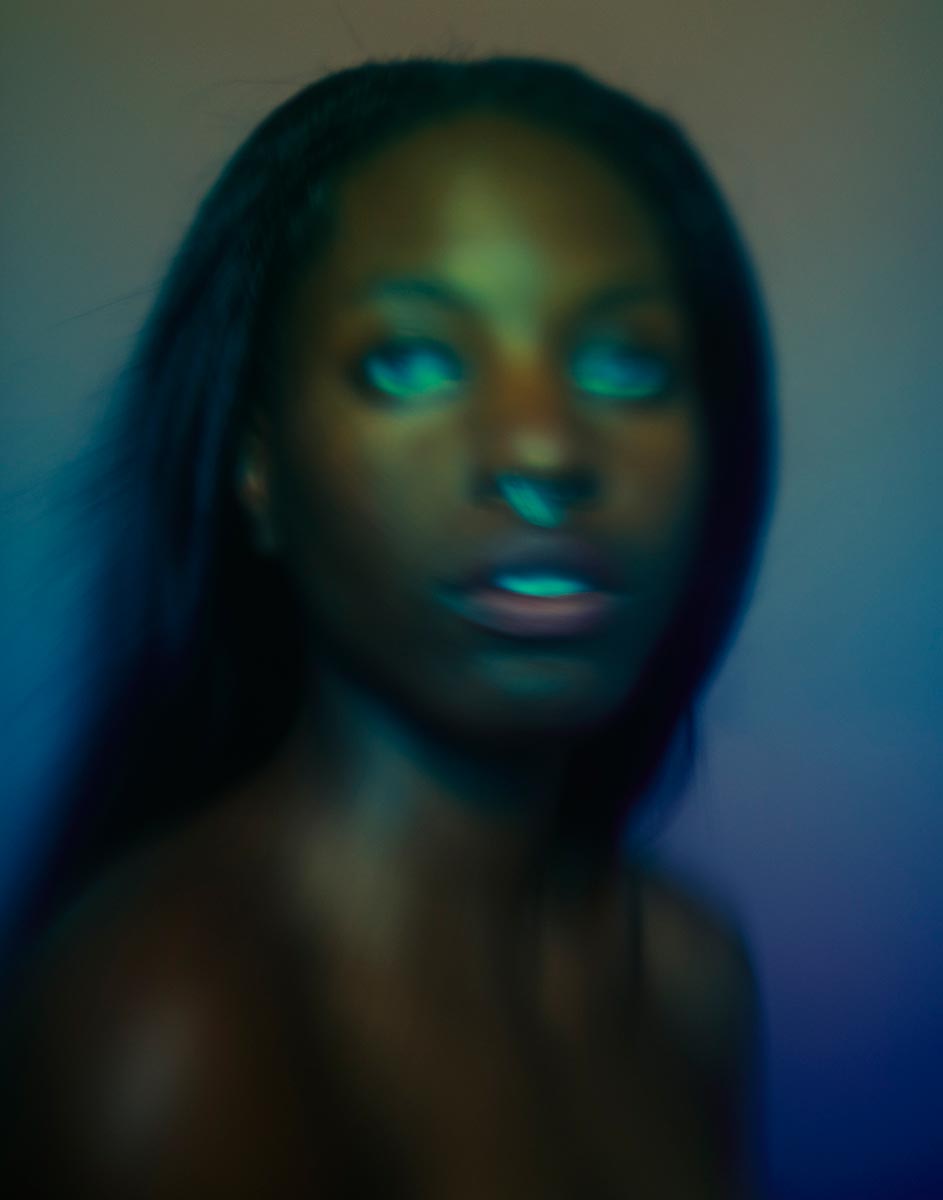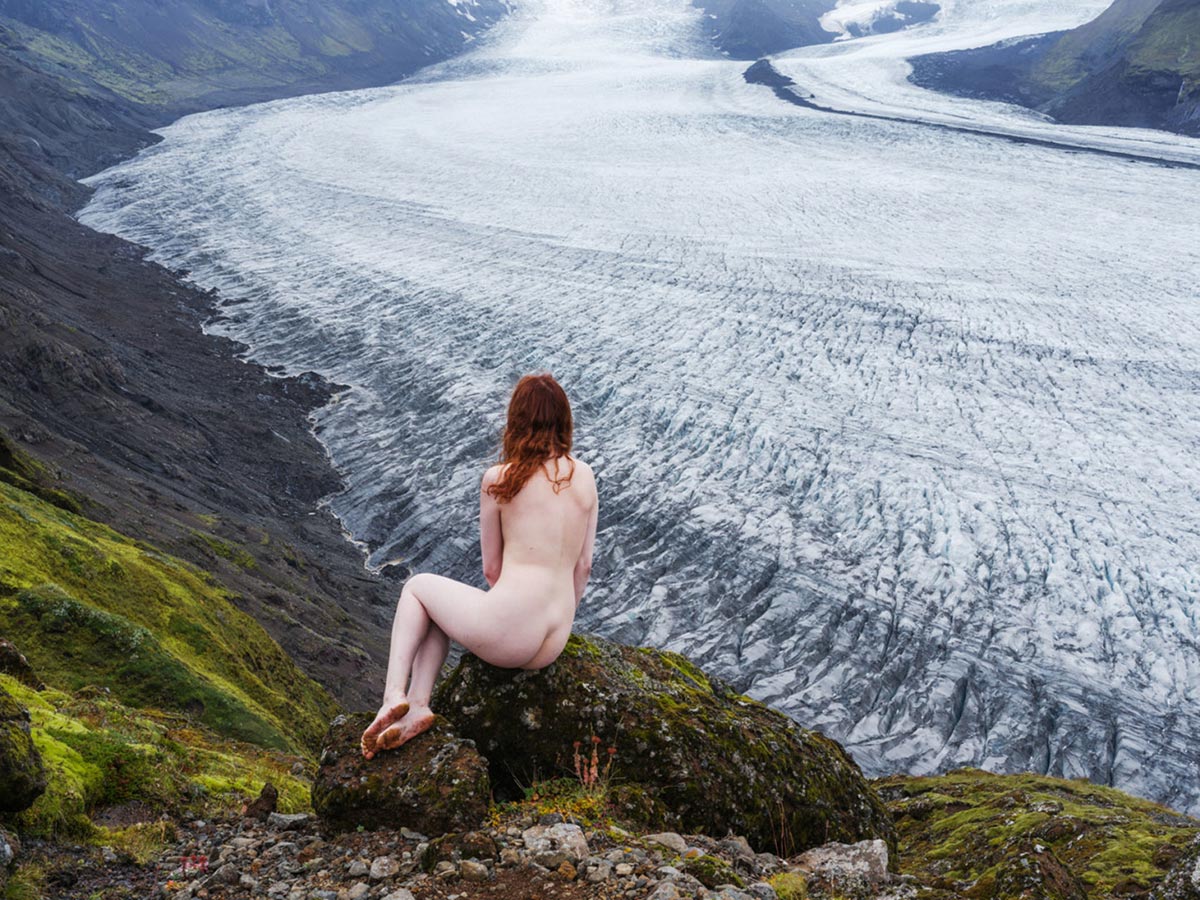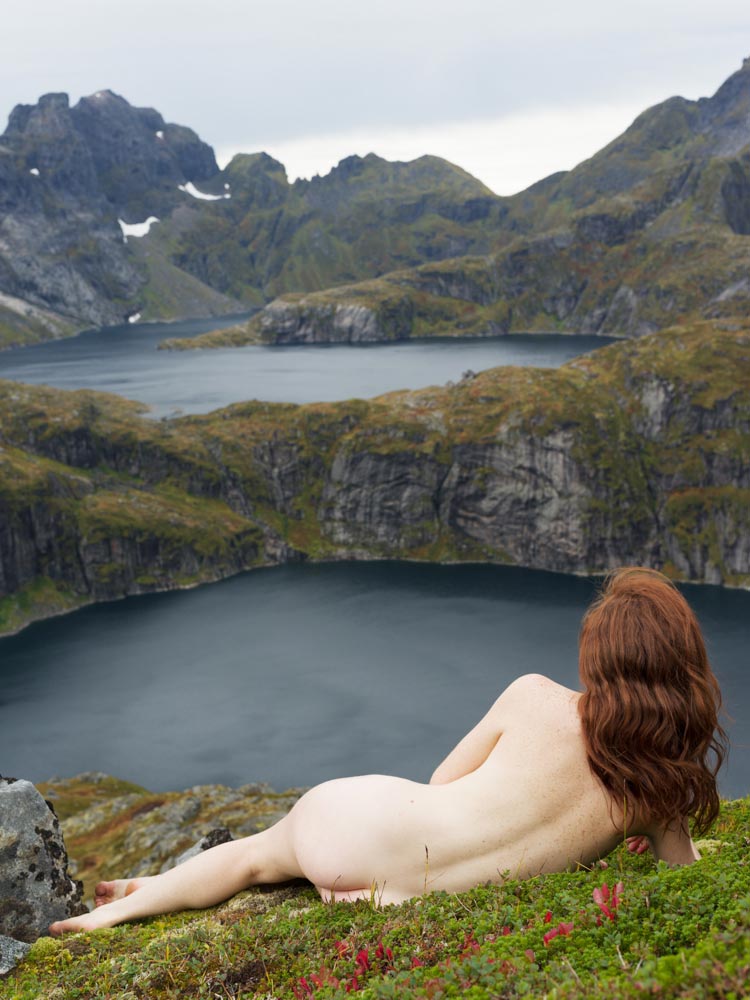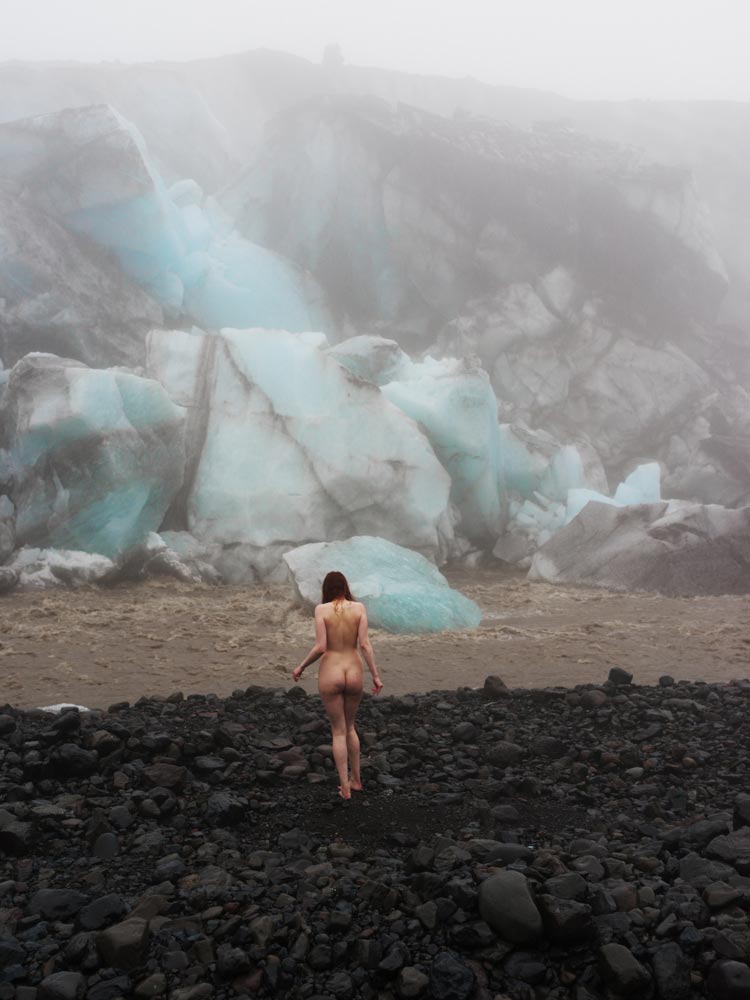Skin


Photo Story by Camilla Rocca
















photography & art direction: Camilla Rocca (@penflont)
model: Mattia Barro (@ciaosplendore)
using IlFord HP5 Plus 400 film




CAP 74024 / A LANGUAGE OF BODY

The images of the cocktail launch that took place at HOWTAN SPACE Gallery, May 21st. ’18.
Faces and moments of the event.
Big thanks to Howtan Re and Andrea Saran.
howtanspace.com
Thanks to Matteo Cassanelli and Andreas Mercante.
mpunto.it
insightcommunications.cc
Our precious team: Dea Curic, Amelie Sophia Rehm, Arianna Bonifazi, Sabrina Sammarco and Andrea Cerulli.
And lot of hugs to our wonderful guests!
Pictures by Astra Marina Cabras and Sara Verrecchia.
c.a.p.74024 / OUR KISS

The images of the cocktail launch that took place at MIART Gallery November 23th. ’17.
Faces and moments of the event.
Big thanks to MIART Gallery and to all the Miniaci family.
miartgallery.it
Thanks to Emanuela Russo and to Giardini d’Amore liqueur.
giardinidamore.com
And lot of hugs to our wonderful guests!
Pictures by Emily Gallè, Lorenzo Ryu Gerli and Carlotta Urban.
St. Moritz Art Masters

Markus Raetz, photogravure printed in red and black on Gampi paper chine colleé
Monty Shadow, founder and mastermind of St. Moritz Art Masters, along with director Philipp Noller, saw in this legendary town the perfect setting to create a platform that encouraged such encounters – inspiring, rewarding, and unexpected.
Between August 25th. and September 3rd., the town of St. Moritz as well as Zuoz and Samedan will celebrate the “Best of SAM” and will showcase works by David Hockney (at the Italian blockbuster gallery Robilant + Voena), Roger Ballen (at the German blockbuster gallery Karsten Greve), an insight look into “the Art from the Pirelli World” with a thorough presentation of their Design objects as well as a 70 images, including a solo show by Peter Lindbergh,
taken from his three Pirelli calendars.
Furthermore, a solo show by Lenny Kravitz and many other exhibitions.
This year’s edition will be supplemented by an internationally selected group show in the historic setting of the Hotel Bernina 1865 in Samedan, a new group exhibition curated from the renowned Montblanc Cutting Edge Art Collection at the School House as well as an homage to the African Art Scene through a presentation by the Imibala Foundation, on view at the Badrutt’s Palace Hotel in the heart of St. Moritz.
More info: stmoritzartmasters.com

Peter Lindbergh, Settimo Torinese – 2016

Julian Schnabel, Antonioni Was Here 343 x 241cm

Joseph Marr, Vanitas Cola: sugar resin and cola flavor – 2016

Alfred and Eva Bradler, Steinflut, Piz Lagreve

David Hockney, Maurice Payne: ink on paper – 1967 (courtesy Offer Waterman, London)

Martin Kippenberger, Transportabler UBahn Eingang – 1997

Lenny Kravitz, from the series Flash

Roger Ballen, Window Shelf: Archival inkjet print on paper – 2012 (courtesy Galerie Karsten Greve, St. Moritz)
Chanson Didocentrique
Photography by Dido Fontana

Dido Fontana is an Italian photographer. He does not retouch his photos because, as he’s used to say, reality itself is even too interesting. His style has been defined anti-fashion and neo-baroque.The photographer’s recent work is between his solo and group shows in Europe and United States and the commissions he has been given by the world of fashion, communications, and publishing. This is, overall, a wide-ranging production in which two areas, specifically those of creation and commerce, have melded together to allow the emergence of an omnivorous creativity and a strong photographic personality, both with regards to the interpretation of his means and for the definition of his subjects. His last work is called “Amen”. The title is already a promise of a specific landscape. A conceptual allegory that, presented as an attractive provocation, represents desires, ambitions, and the idea of a desire for power that for its very nature needs trust, total acceptance, and continuous fulfilment.
Love, knowledge, enlightenment, emancipation, strenght, control and power. They’re all in “Amen”, your last project. Tell me something about it. When did you think about it? How did you work on it? And when did you realize it was done?
It’s a kind of initiatic training. It’s about the understanding of the Value. It’s about growing and progressing: those are all rings of the same chain. It is a never-ending project that takes shape from a childish reflection that becomes a research and then a visual manifestation of this path; the art installation created for the exhibition at Boccanera Gallery (http://www.arteboccanera.com) is the occasion to define a exact date for a research project that goes on. I speak about the importance of knowing the tools (inner tools and outer tools), I speak about freedom (of thought and language), it’s about the use of personal rituals and about the work necessary to allow the imagination to become action and finally a creation. I see it as a unique work consisting of five unique works: photography, sculpture, graphics, painting, music, to give life to a complete experience.
Your district is in Dolomites.
I was born here and I live here. I can feel at home in many cities of the world but I feel that my god lives on the top of the mountains and he pretends silent.
There’s always something erotic about your pictures.
If it’s there I don’t think about it and I don’t seek it, maybe it’s a consequence. The thing that attracts me is that I prefer to photograph people who have not (yet) acquired the bad habits of the professional models and therefore they are more natural and less calculated.
Eroticism implies a kind of sophistication that bored me: malice, complications and vices are all elements very distant from me, a sort of cultural superstructures that I feel ‘em as unnecessary complexities. Maybe ‘cuz I’m up with all sort of tricks.
What’s beauty to you?
The sunrise.
Text by Daniele Pratolini
Photography Dido Fontana
Fix it
Photography by Emanuele Ferrari


Photographer / Director: Emanuele Ferrari
emanueleferrari.it
@emanueleferrariph
Art: Rebecca Coltorti
Model: Tanya
Producer: Junior Luigi Giuliani
Location: Milan
Licensing: Art Partner
Churches: a contemporary portfolio
Photography by Stefan Giftthaler

Why photograph Milan’s contemporary churches?
The story of a unique architectural ensemble.
“First I drew a box that looked like a house. I could have been the house I lived in.
Then I put a roof on it. At either end of the roof I drew spires. Crazy (…)
I put on windows with arches. I drew flying buttresses.
I hung great doors. I couldn’t stop”.
Raymond Carver, Cathedral
What is a church like today? American architect Peter Eisenman posed just this question in his design report presented upon invitation to the International Architecture Competition for the Church of 2000. But the question one should ask, as he himself admitted, is different. What is architecture like today?
Speaking of religious buildings entails going beyond the spiritual value of the work. And this holds particularly true in the archdiocese of Milan, the sole commissioning party, unique not only due to its size (encompassing more than 1100 parishes, it is one of the largest dioceses in the world) but also to its liturgy, which is Ambrosian, different from the commonly adopted Roman rite.
The churches portrayed in this project, built since the 1950s, tell a significant part of the history of Milan and its outlying areas. They tell everything from the burgeoning population after World War II up to the Catholic Church’s new requirements for renewal and dialogue with contemporary times, expressed by the Second Vatican Council. Yet there is much more. This unprecedented itinerary brings out a special time in architecture. A series of well-known designers, including Gio Ponti and Cino Zucchi, or even unknown designers, are anxious to experiment with new formal languages and measure themselves up to the complexity of a building whose function is declaredly representative and must respond to specific codes and values, in aesthetic, technical, and semantic and liturgical terms. The buildings selected are striking due to the variety of the solutions expressed. The materials, the light, the compositional geometry and the colours all hinge around an unvarying cannon. If there is any common element to be found in these spaces — sacred and inhabitable alike, physical and spiritual alike and therefore finite and infinite alike — it is subtraction, understood as the ability to condense.
From the centre of Milan to Varese, through the various parish churches in Milan’s archdiocese, the anti-rhetorical work of photographer Stefan Giftthaler, curated by the Anticàmera agency, aims to generate a mapping of the territory that brings to mind a re-appropriation. It is an analysis that rediscovers much loved and much hated architecture, never trivial but often undervalued. As integral parts of neighbourhoods and small villages, the churches chosen stand as points of reference in the everyday lives of their communities. Whether they are lay or believers it hardly matters. Because Milan, like Proust’s Combray in In Search of Lost Time, “was no more than a church epitomising the town, representing it, speaking of it and for it to the horizon”.
Text by Annalisa Rosso
Anticàmera
anticamera-location.com
@anticamera_location
Stefan Giftthaler
stefangiftthaler.com
@stefangiftthaler
Bodies with no regret
Interview with Remmidemmi
My photographs are “short stories” about a world that is falling-down.
Each shot tells about worn-out characters who, in a sudden black-out of mind and body, crash with no attempt to save themselves.
They are unable to, because of the fatigue of the everyday representation of living, oppressed by appearance instead of simply existing.
We live in a distorted world of plastic surgery, which perpetuates stereotyped images that feed a preset marketing model. I believe that perfection is in imperfection.
Where do bodies with no regrets go?
I like to think that they stand up again, but wisely. To me, the crash is an abstract place where we hung, like in front of a turning point.
So it’s up to you to choose which direction to go. If you go right, you have to analyse the reasons that led to the fall.
If left, you ignore the consequences, and you mislead yourself by thinking that it is easier that way.
But bodies don’t hurt themselves casually. If that happens, it is because something went wrong inside ourselves.
Can we say that your work is about our society downfall?
I must say that my work is basically about the soul downfall, which is certainly polluted by the neurotic lifestyle that society dictates.
I think it is fun to bring out the rotten part, everything we cleverly hide.
The fall of the characters in my pictures is always connected to their low frequencies, the dark ones. It all starts from that point.
A lot of people know you as an actor, when did you start taking pictures?
I started to tear up people for fun. And now it is my only job. Before it, I was an actor for twenty years. I loved playing, but I couldn’t stand the atmosphere around me.
And I didn’t want to depend on people, directors and producers judging.
I felt I wanted to be the leader of my job, and “In extremis” gives me the chance to do whatever I want, with no time limits and feeling completely free.
And when did you realize that your project was turning into something serious?
When the Instagram team looked for me three years ago. They wanted to interview me, and it was like winning the Oscar: journalists, art galleries and clients came to me in the blink of an eye.
It was great and incredible, but I started feeling anxious, and I still do. I’m too emotional, especially to criticism, I don’t like being advised when I don’t want to, and to speak to someone about the future of my project.
So, you may say I turned into an unpleasant bear. It’s not easy to deal with things when they turn serious.
You went to Europe and the Us with “In Extremis”, people, journalists and experts are enthusiastic about your work. But what about art in Italy, nowadays?
I think it is not a good moment for art, in the whole Europe.
I know that culture is facing economic cuts, even in Holland and Belgium, but it is true that people working with art are more respected abroad.
Unfortunately I met few nice people in Italy, who wanted to work on the same level. Here in Italy powerful people subdue almost every artist.
For example: if a gallery owner calls me, I have to feel grateful one way or another. This doesn’t happen abroad.
Some of your pictures are lightly erotic, like “Sunday 2pm” with David Luna.
That picture got me in trouble with the Lgbt community abroad.
They said I was an omophobe just because I tried to describe, in an extreme and grotesque way, what many men do when they deal with a fatal mix: sex, drugs and parties.
David Luna plays a boy that has just come back home after a party, and he decides to have sex with courgettes, aubergines and carrots since he doesn’t have a real penis.
I find it bizarre that I was accused of being an omophobe, since I describe situations I personally, or almost personally, know. But this doesn’t mean that I have sex with vegetables!
Your relation with eroticism? How important is it in your project?
It moves inside and outside me on tiptoe, sometimes I can smell it from afar, and suddenly it shows itself powerful to my eyes.
Then I am attracted, as if it was the sirens’ song. It is unconceivable to live without eroticism.
And it naturally shows itself in my pictures from time to time, in some of them it is linked to a form of fetishism (like in “Sunday 2pm” and “Hungry doggy boy”), which is very present in my sexuality.
But I cannot say more.
Who are the main characters in your photos, and how do you choose them?
Most of them are actors. I work with colleagues and friends I’ve know for many years: Adelaide Di Bitonto (aka Lady Caída, a nickname chosen by a Spanish fan) is the queen of falls, since she has the highest number of participations in my project. There’s Lorenzo Balducci too (I started the project with him), Valentina De Giovanni, Joan Negrié, Alexandra LaCapria and many others.
They’re all actors. I feel uncomfortable when I shoot with people outside my entourage.
To smash someone against the ground, the ass exposed and the limbs in a mess, requires intimacy.
There are many people who want to experience the fall. I receive a lot of e-mails, sometimes I keep in touch for weeks, but then I can’t make it, it feels like a betrayal to my people.
So far only two girls from Barcelona succeeded in convincing me. But it is impossible to say no to a skydiver and tattoo girl, and to a group practising synchronized swimming.
Tell me a nice thing about this project. Even better, the nicest one.
It is easier to tell you the bad ones, because there are too many nice things walking around “In Extremis”, and I cannot remember the most moving one.
Maybe the fact that I’m still in love with this project after for years is the best thing. 2016 was very hard, because of some events that made me feel I didn’t want to go on and keep on playing free as I used to do.
I went through a massive crisis, and now I am slowly getting out of it.
What about 2017, then?
I will go back to Spain soon, I want to take pictures there. And I’m in touch with an art gallery in Berlin for an exhibition.
I will be in Andria in may, as a part of a very interesting cultural festival. So, everything is great.
Interview by Daniel Pratolini
Remmidemmi photographed by Elisa Perotti
The photo titled “# 47__find your rock” has been realized for Diesel
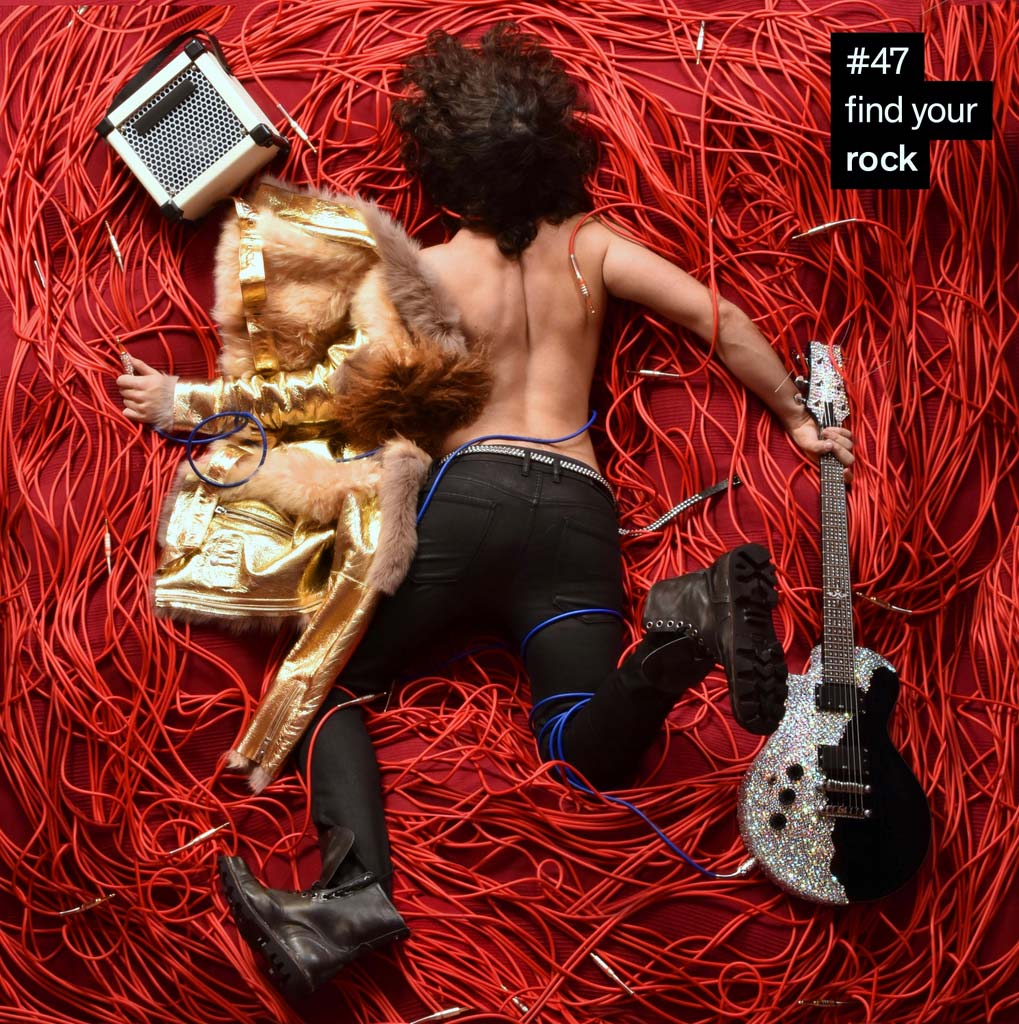
Endless color
Photographs without postproduction by Maciek Jacik
How do you create your photos?
I create all the effects in my photographs in-camera. I prefer physical, tangible processes. I enjoy this because it leads to more spontaneous, interesting, fulfilling results. And it feels real, which is an important part of creating an emotional connection with the viewer.
You do not use postproduction – how did you come to this style and technique?
I was originally inspired by post-impressionist painting – admired how those paintings created such a powerful with just a few coarse brush strokes and by emphasizing color and movement.
I was originally reluctant to shoot full-body nude photographs. I felt like it was a cliche to do so. And I doubted my own ability to do something new.
I didn’t want to imitate classic photography or sculpture or dance. Most movements resemble those art forms, which isn’t interesting to me.
Was it easy to find models for “bypassing the rational”? How did they and you feel during the shooting?
My models are found via craigslist and model mayhem, as well as friends and friends of friends. Some were dancers and they were great. Some were dancers and they were terrible.
I was focused on creating interesting color fields and producing a mysterious, captivating movement. It involved close collaboration with the subject.
Would you agree to be shot naked yourself?
I’ve photographed myself nude for the series and posed for other artists nude, though it doesn’t interest me much.
Questions – Irene Belous



